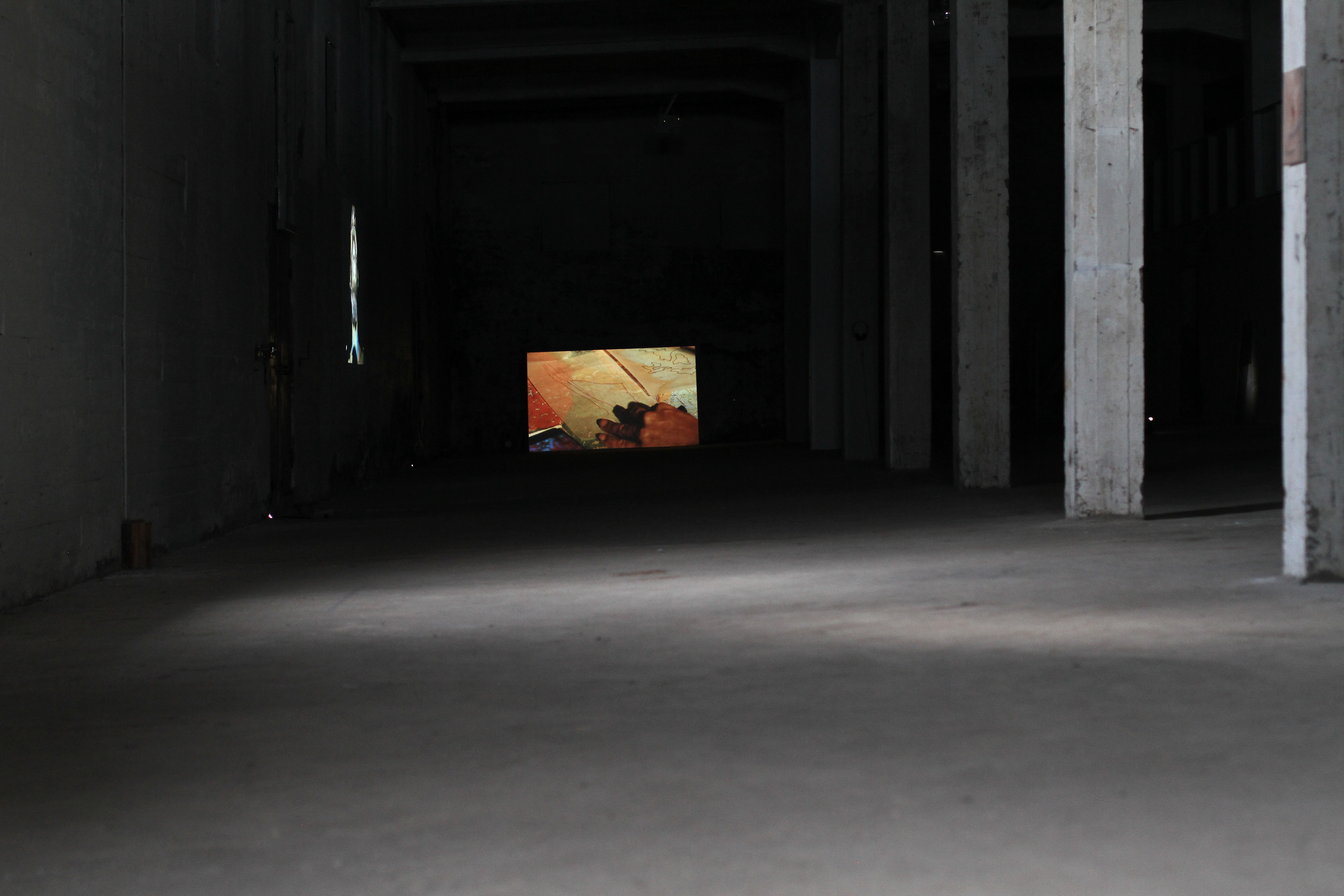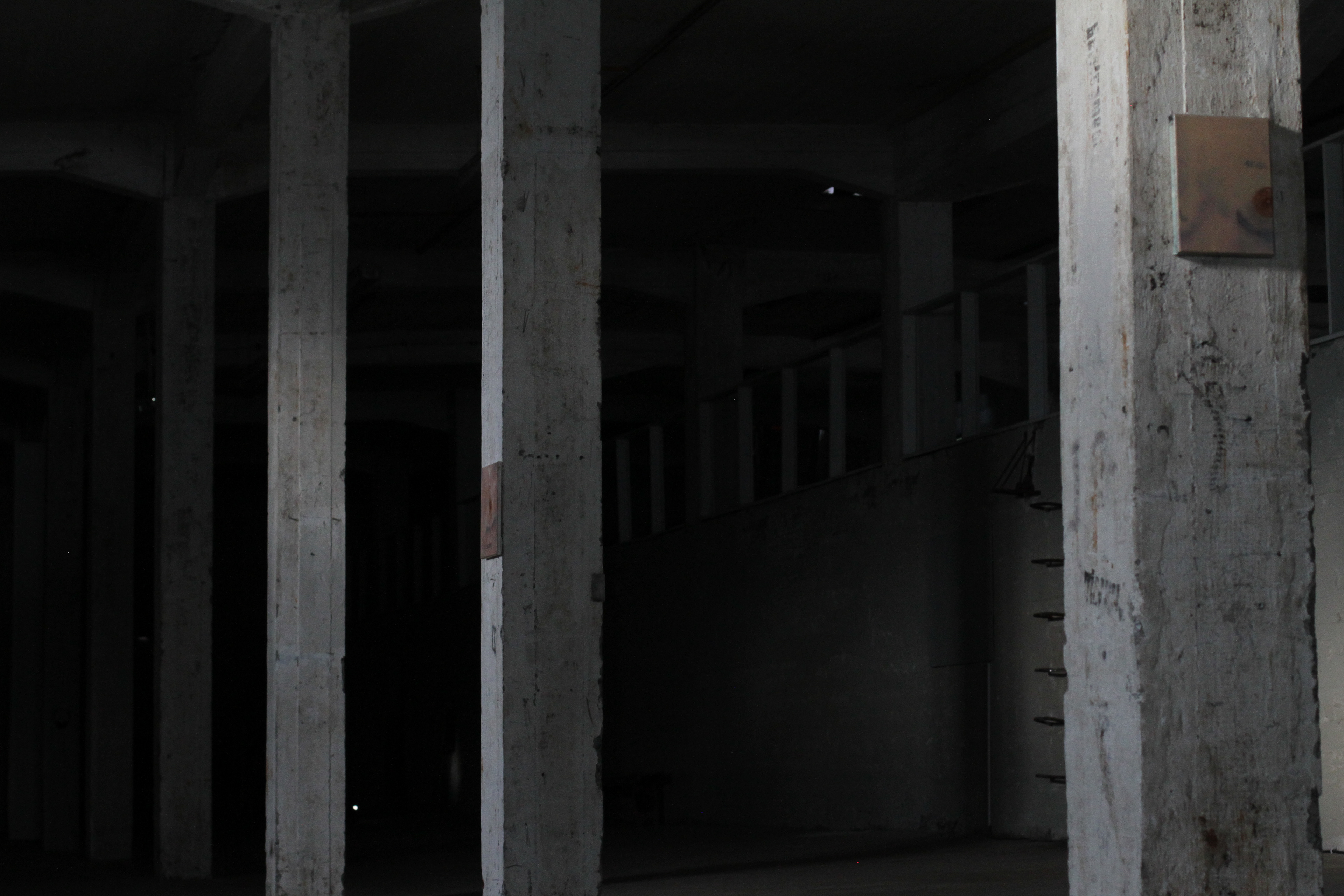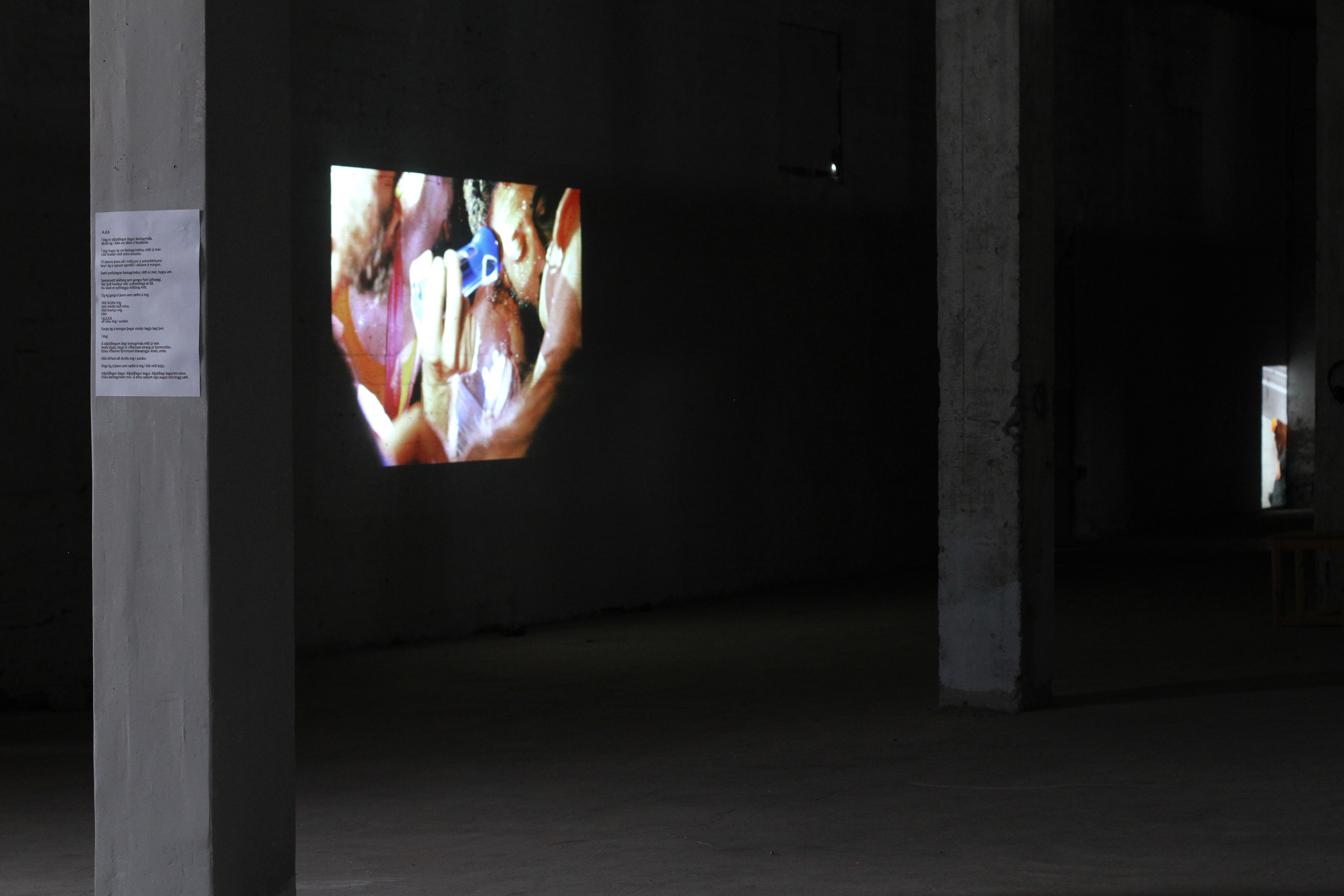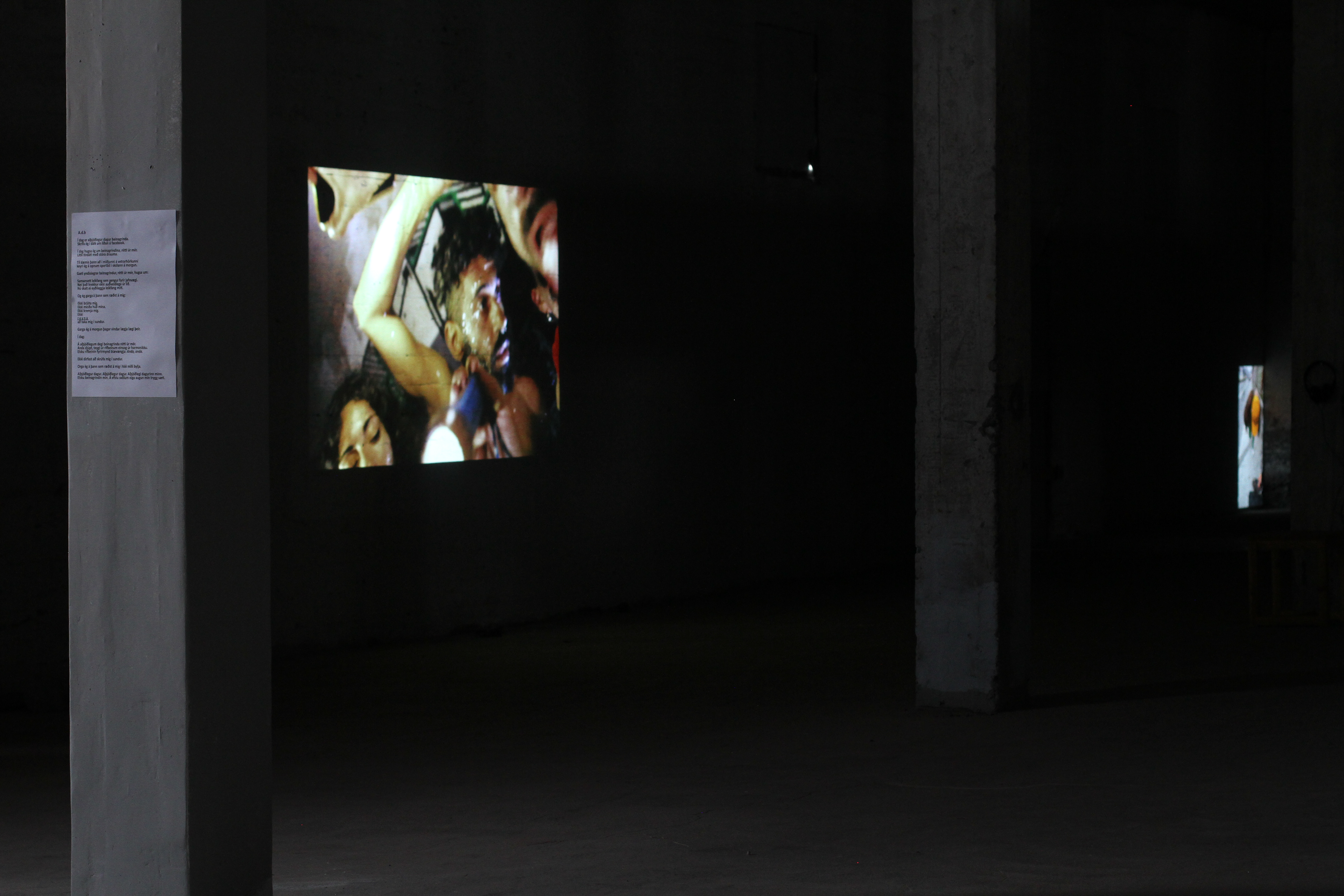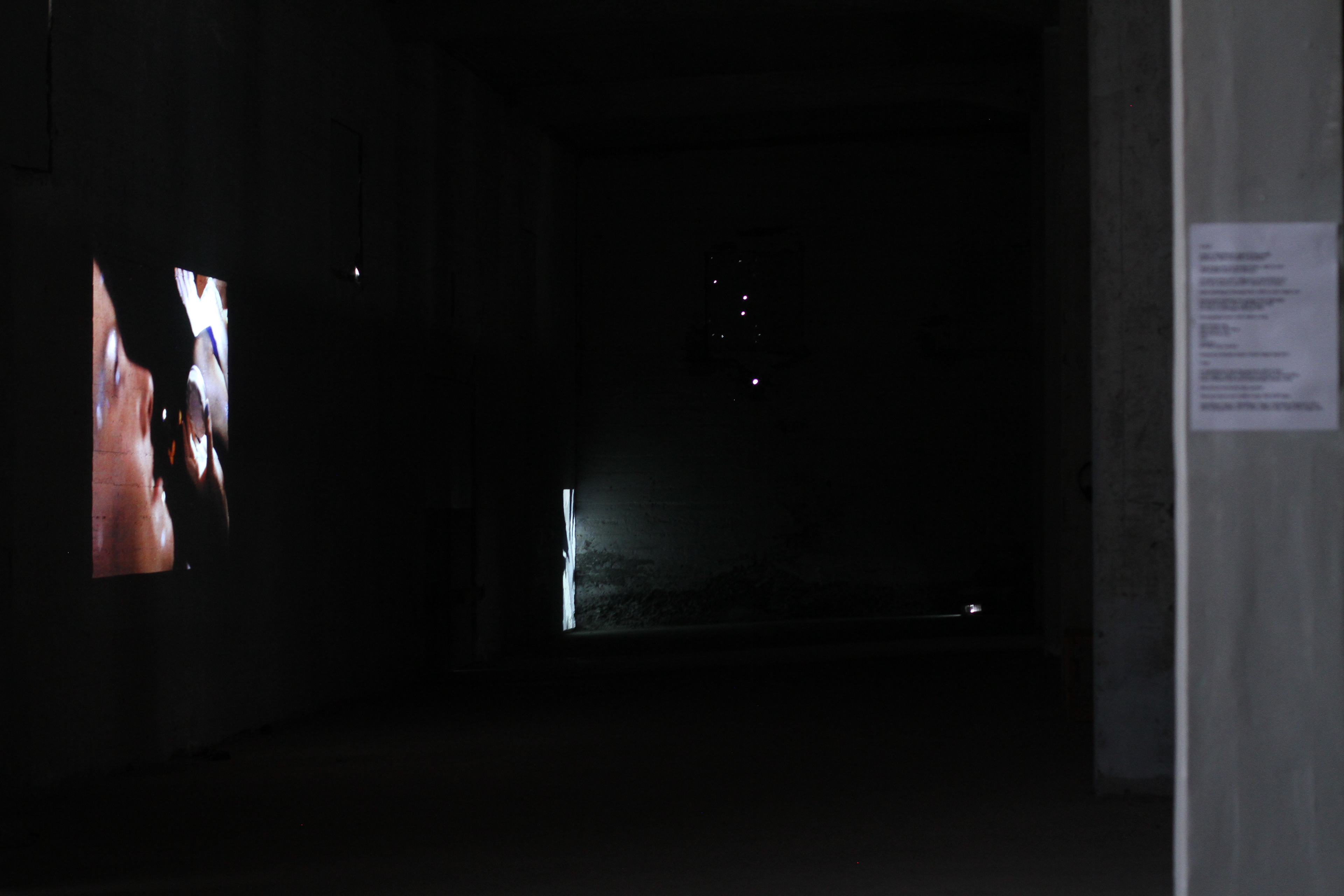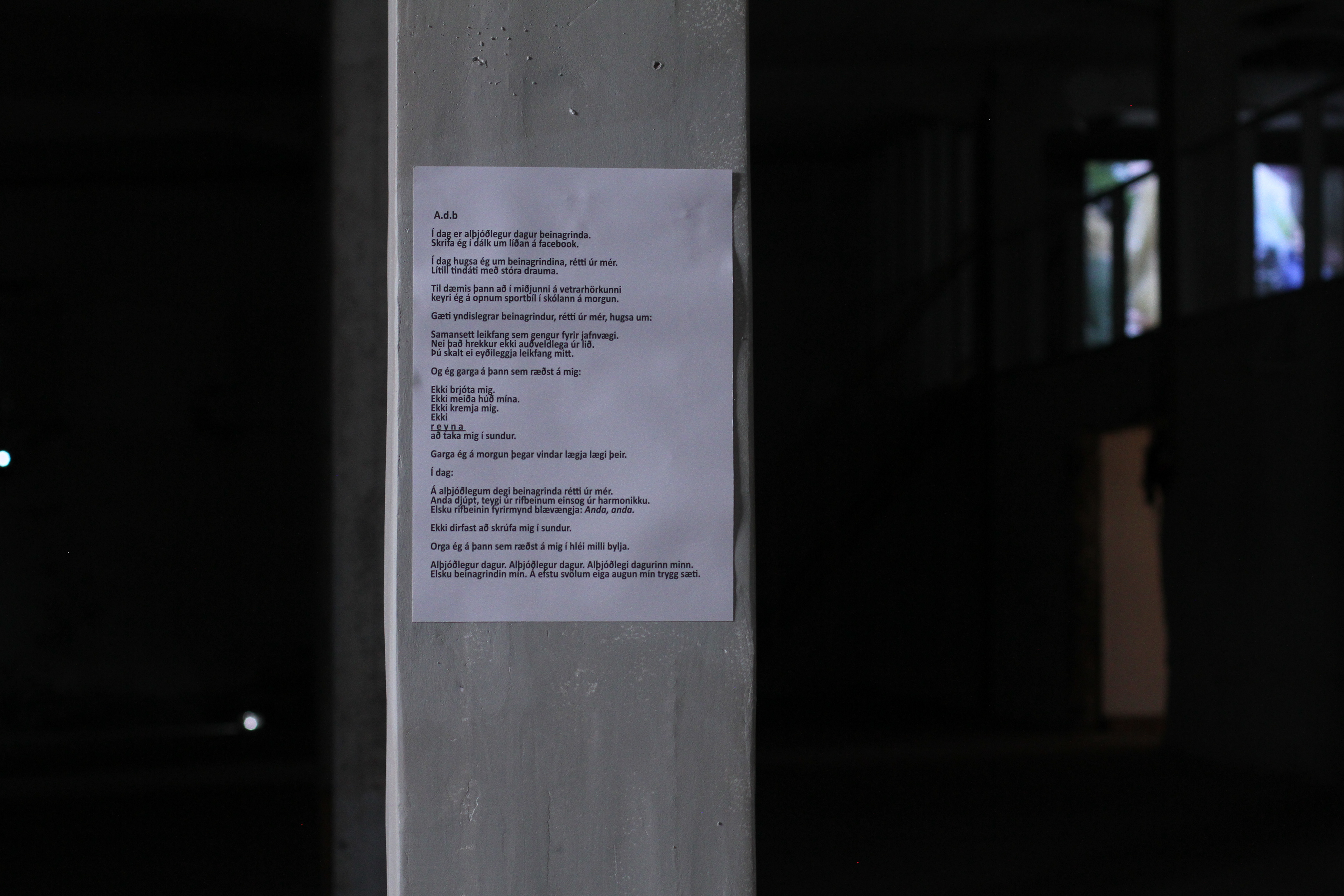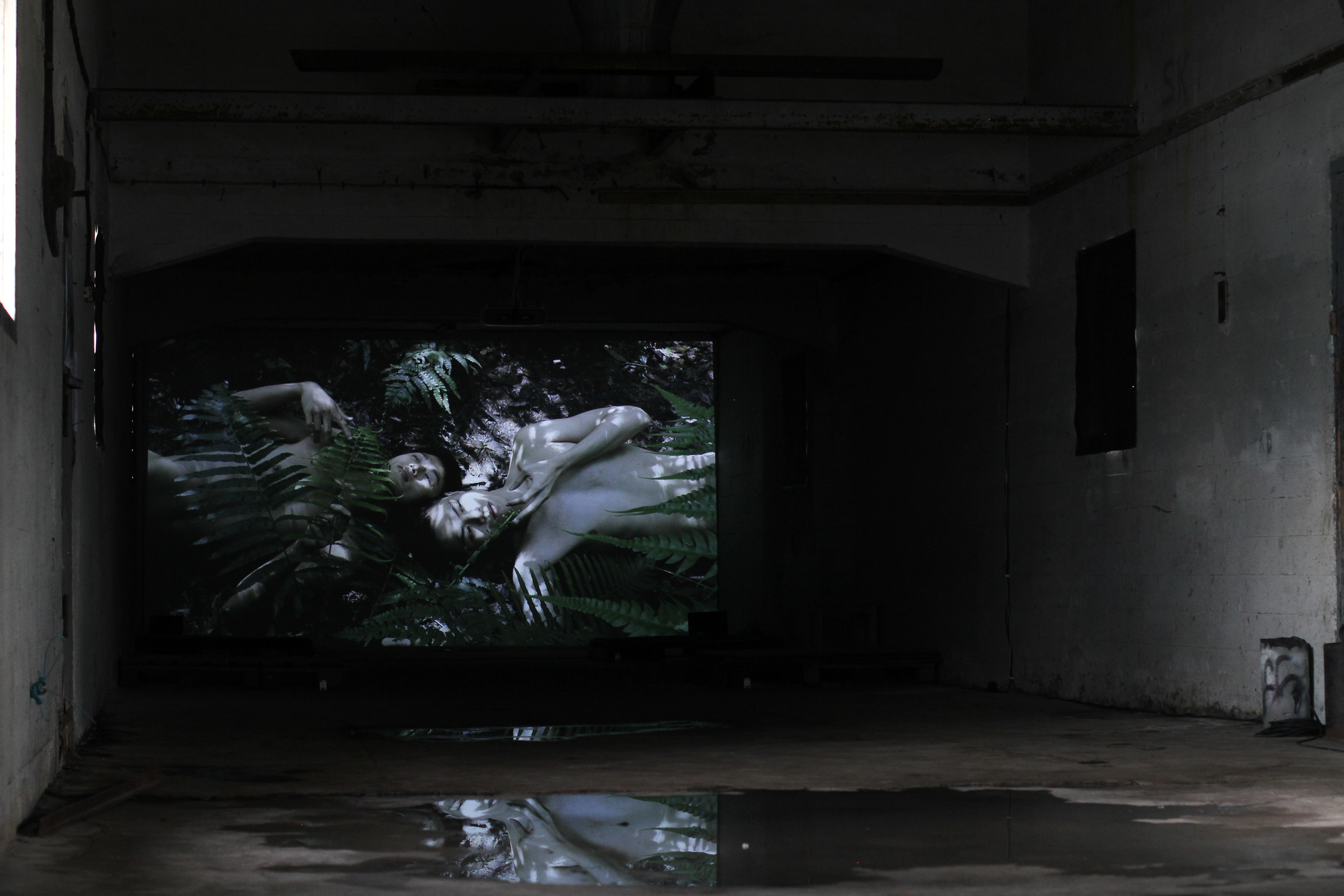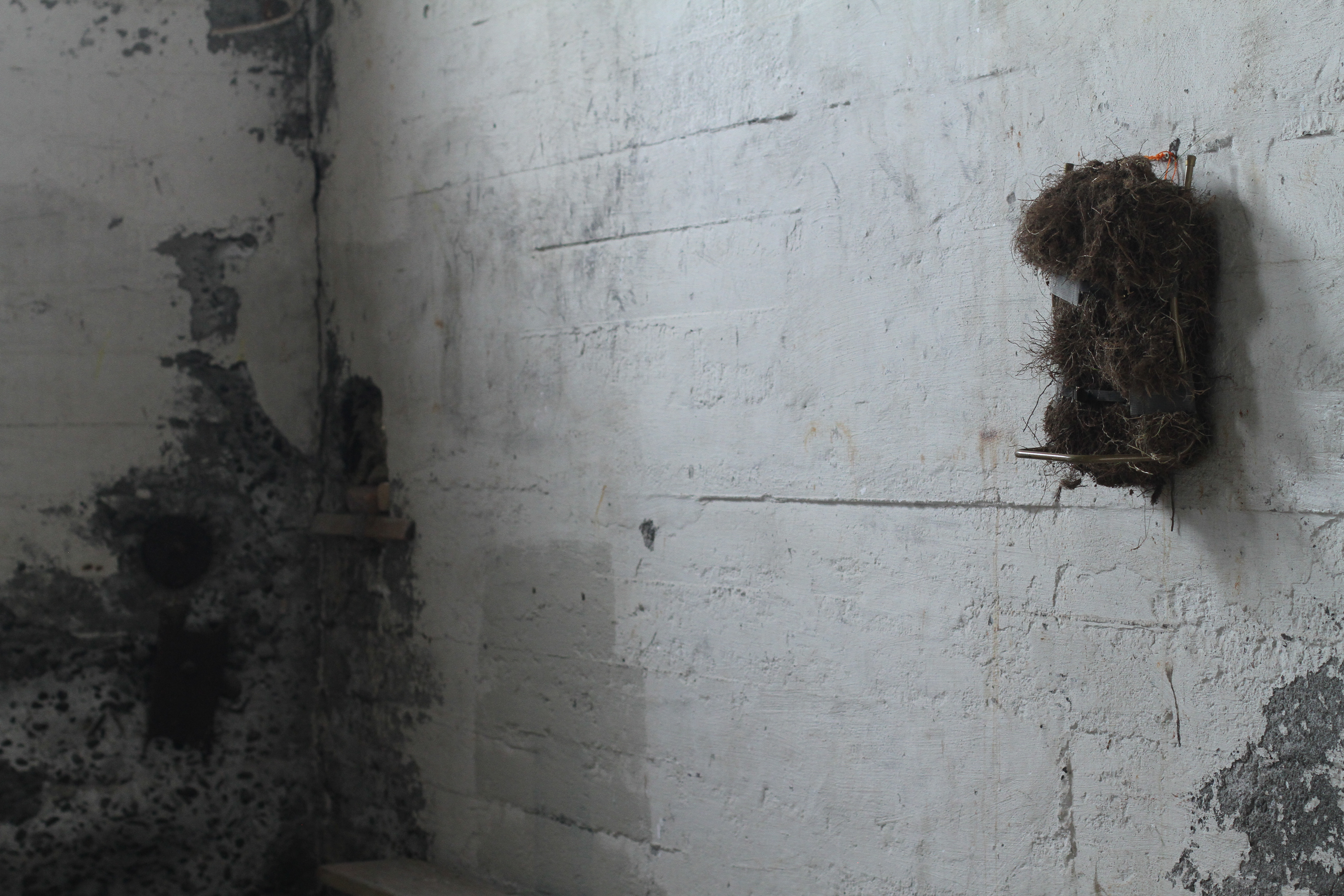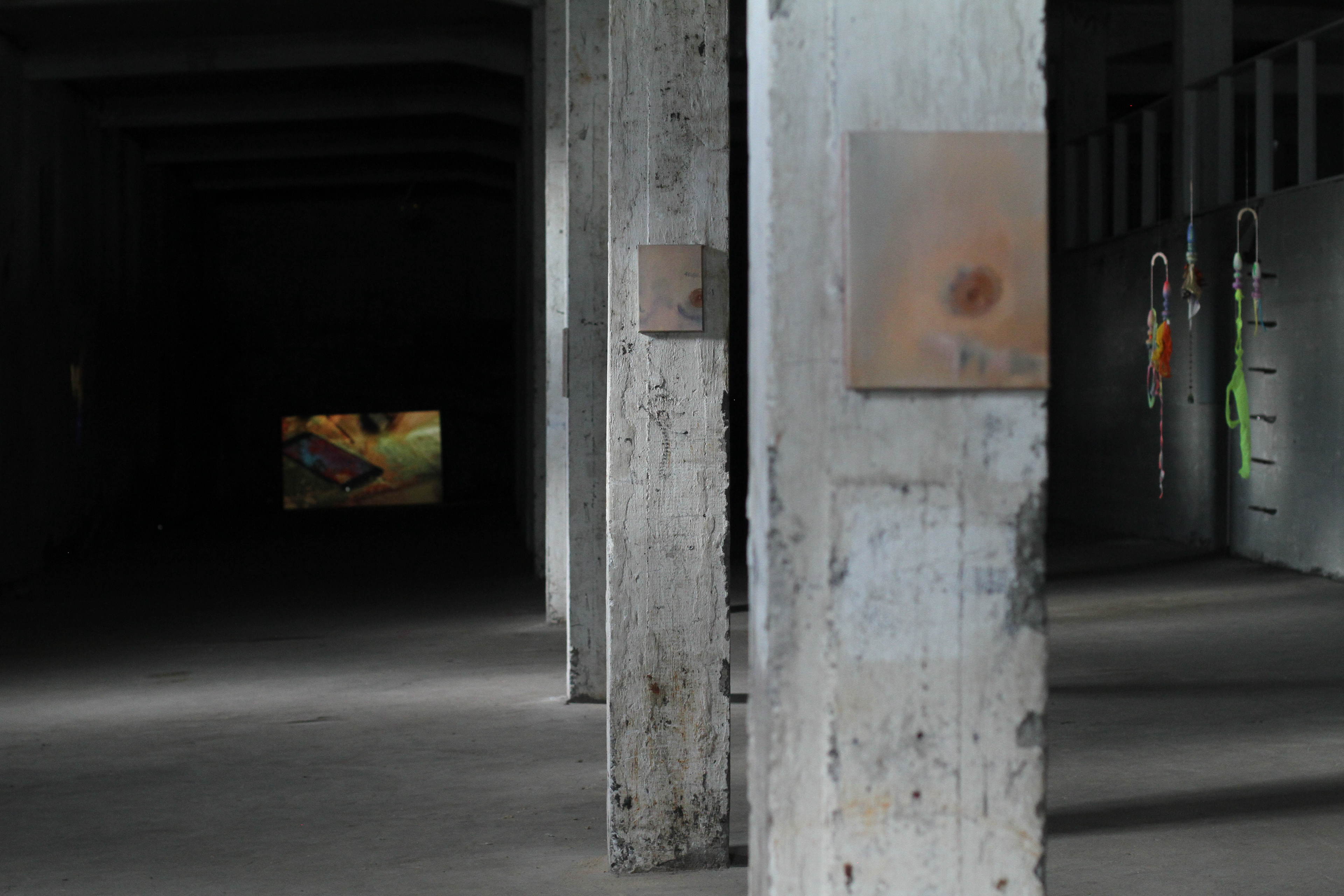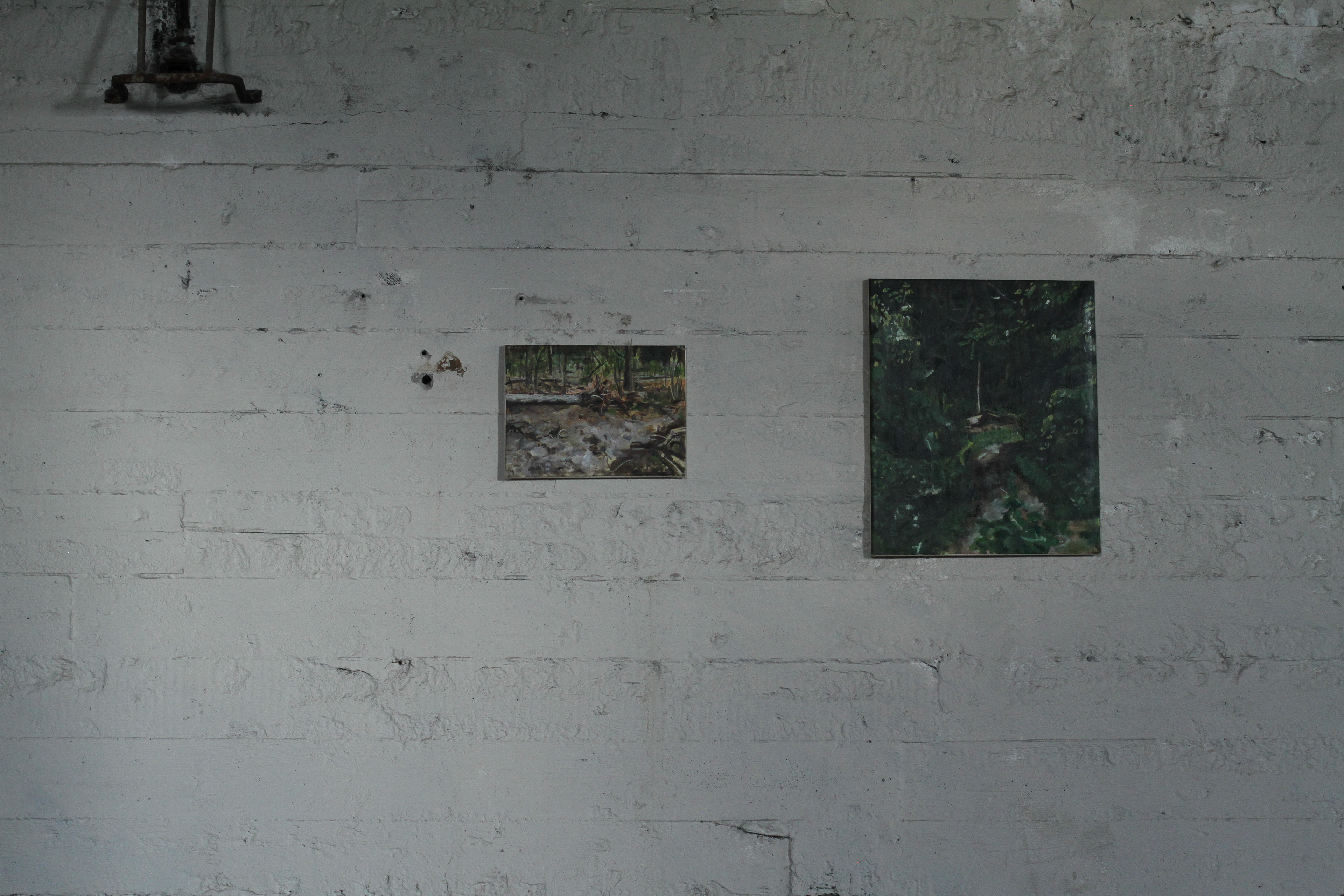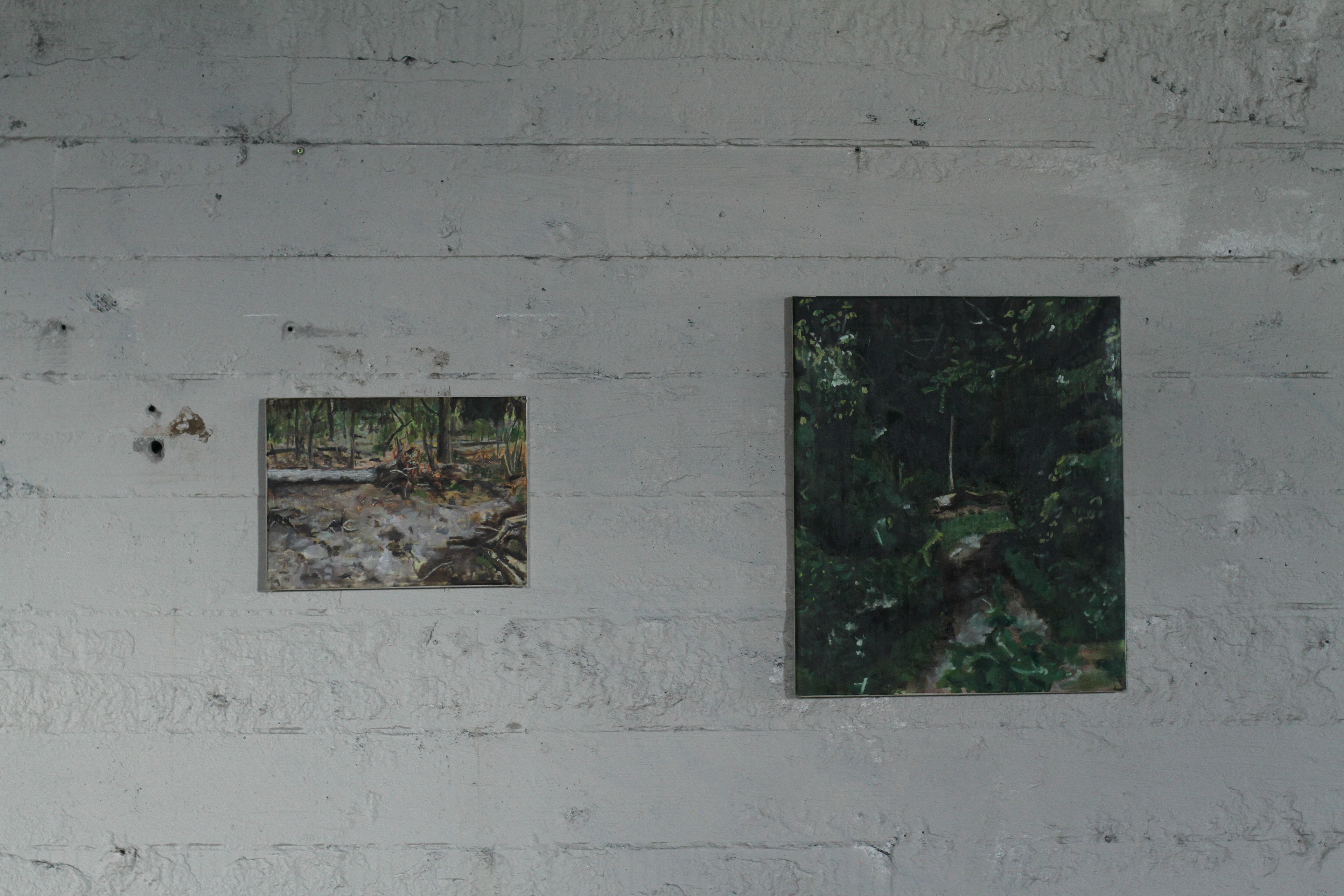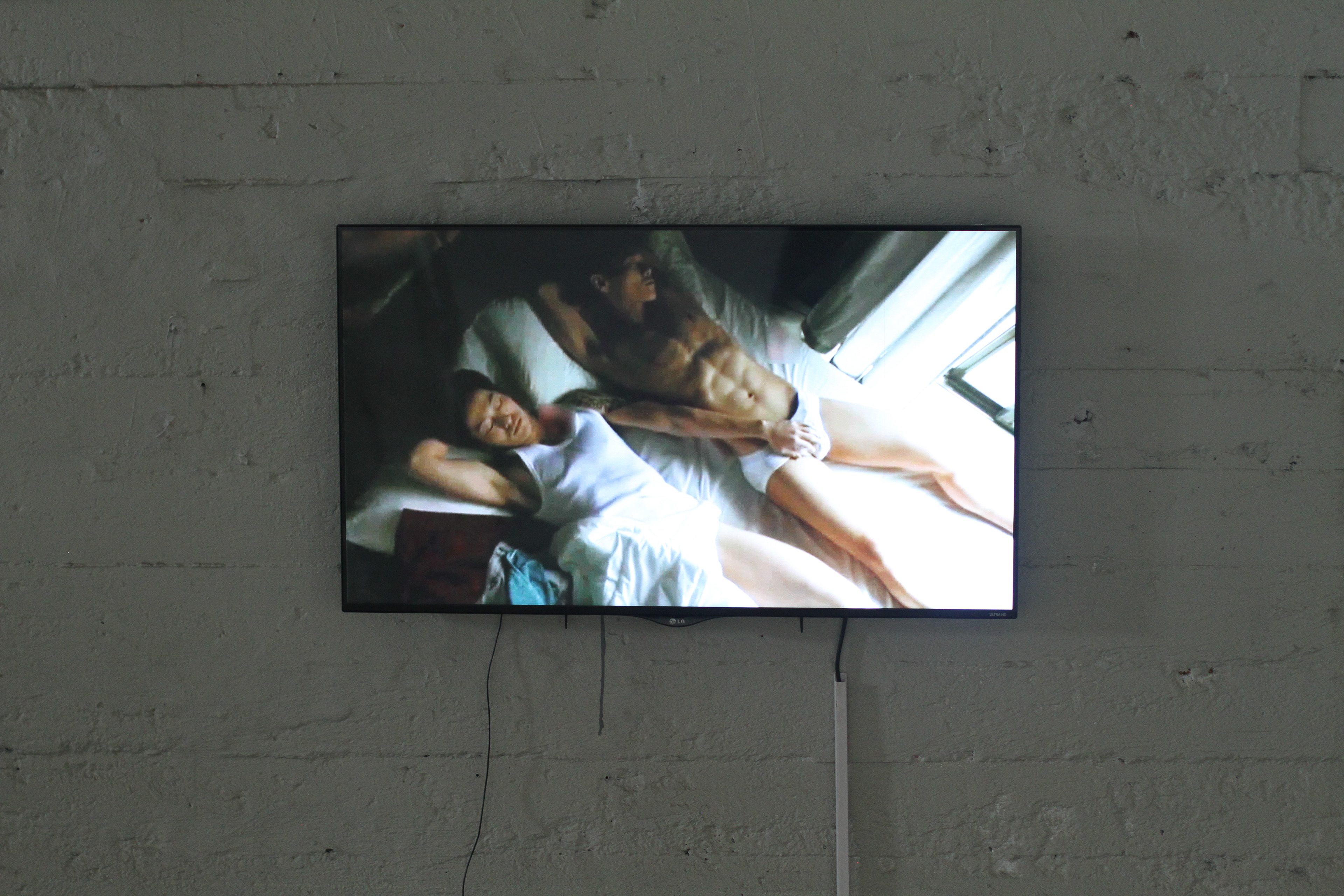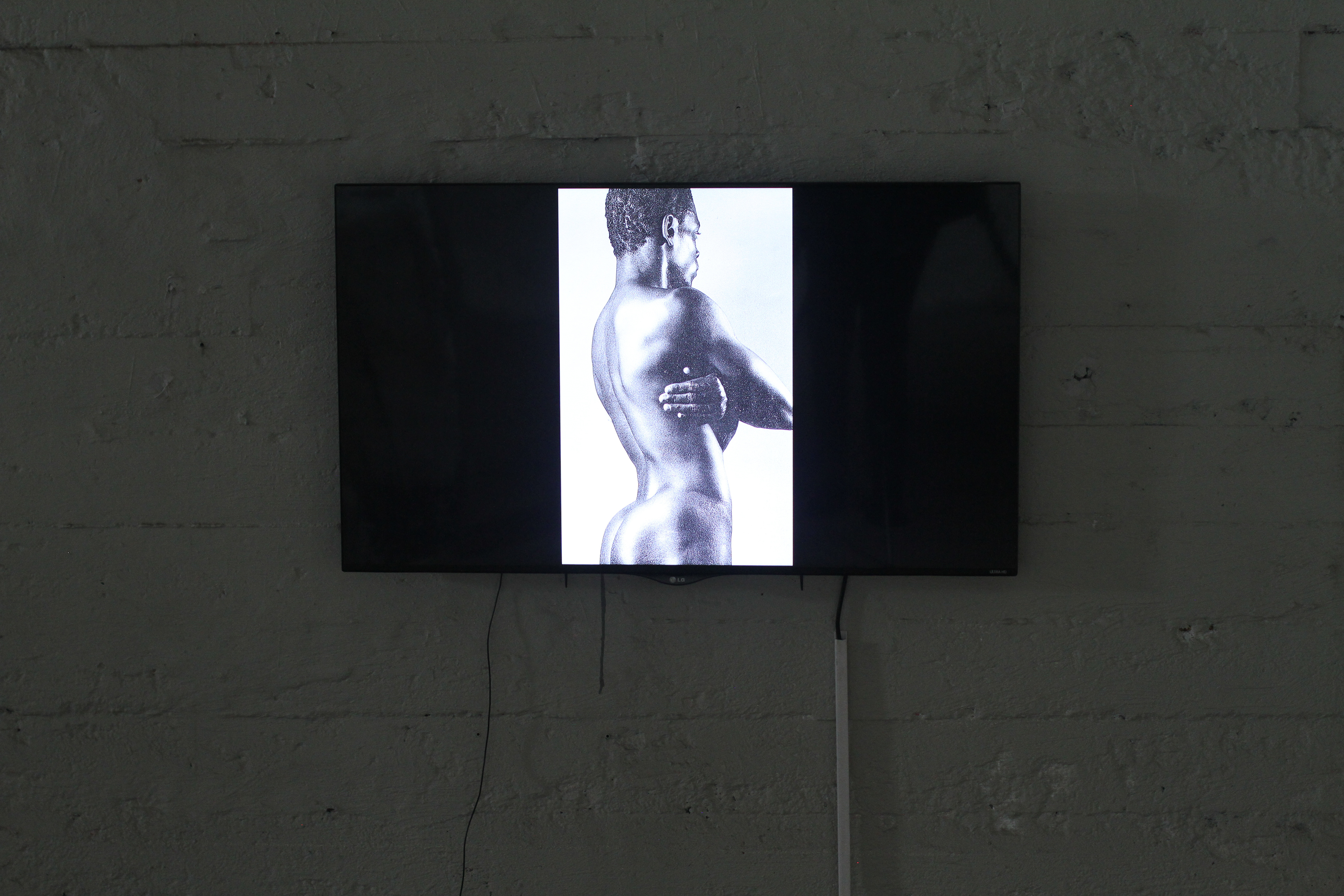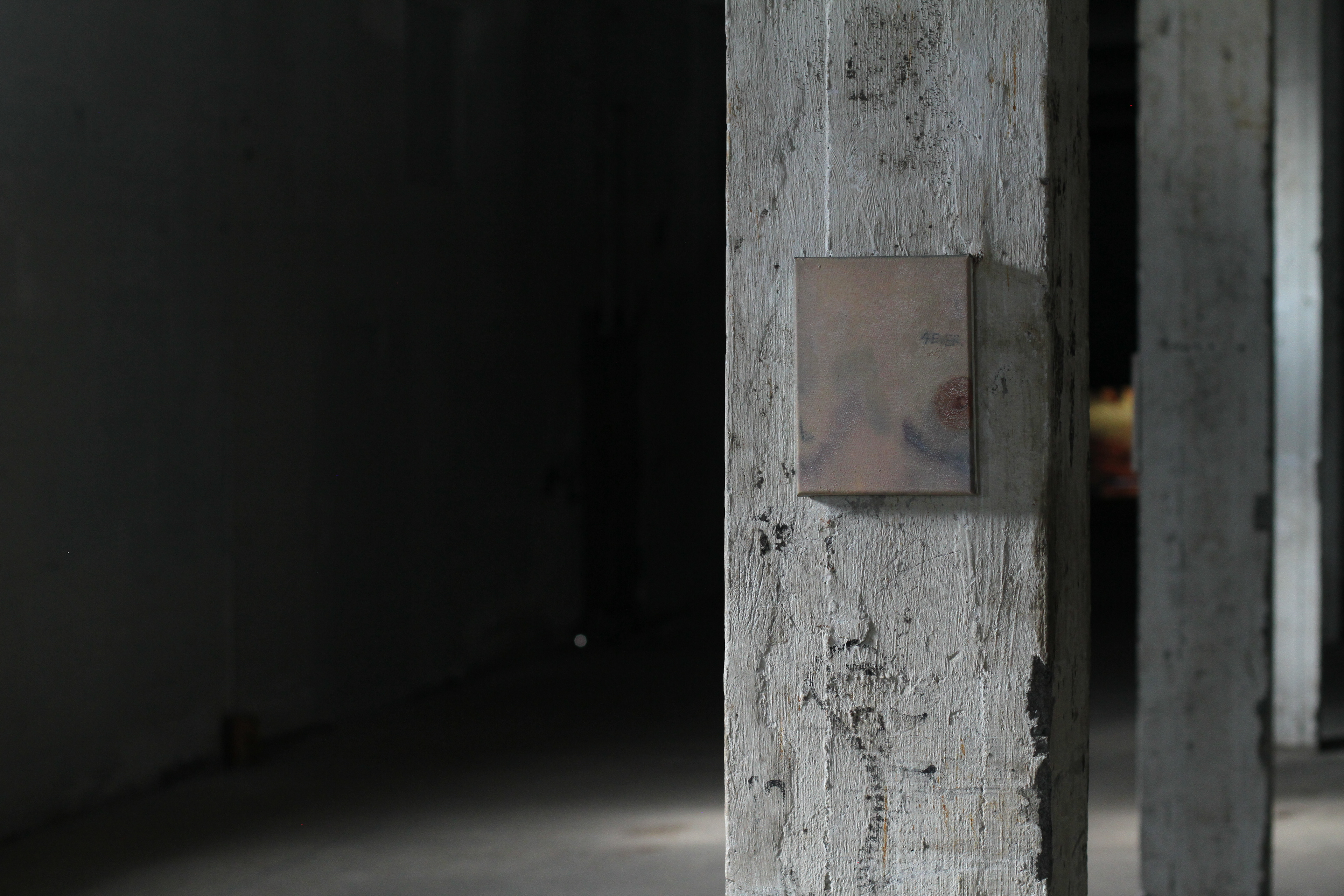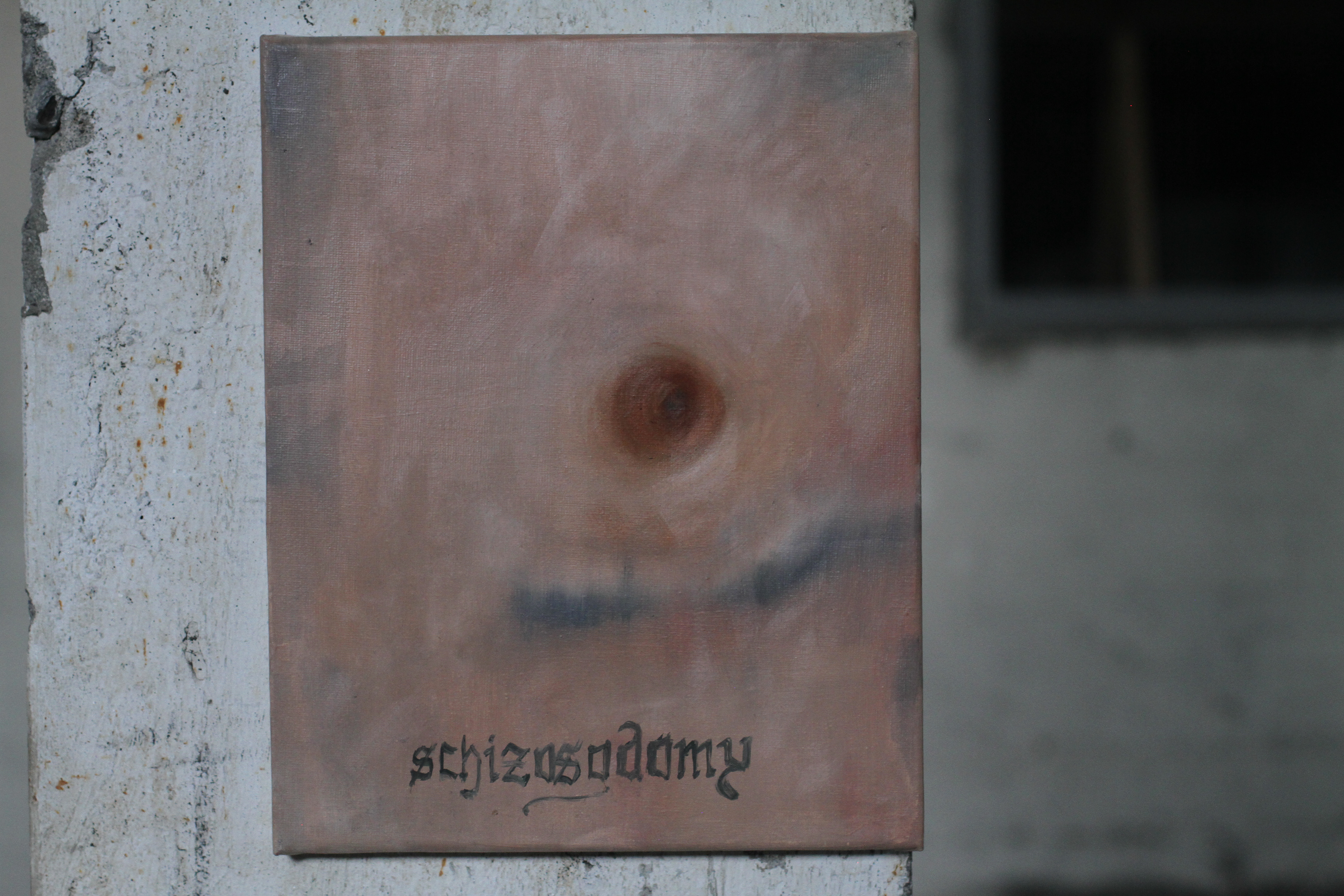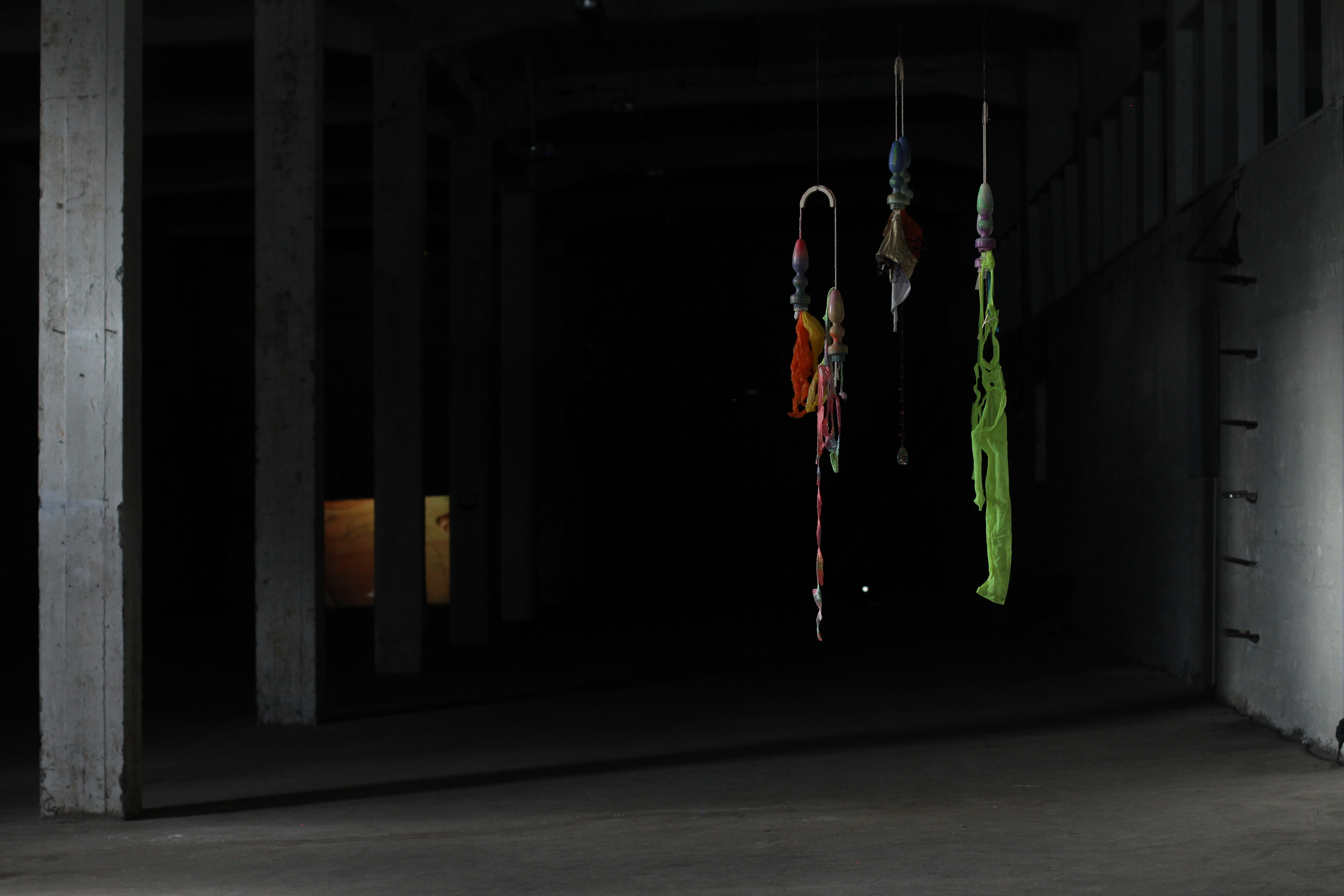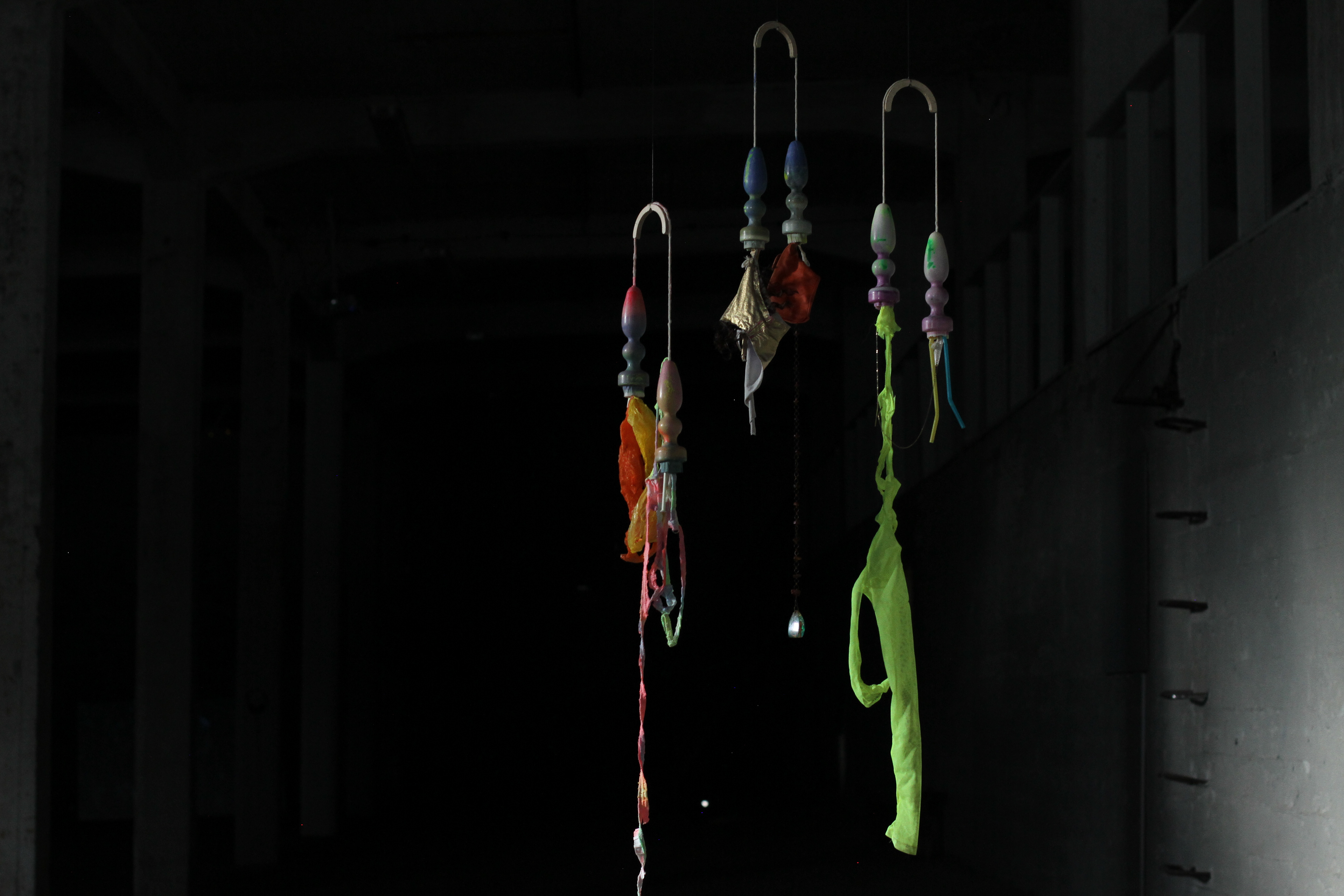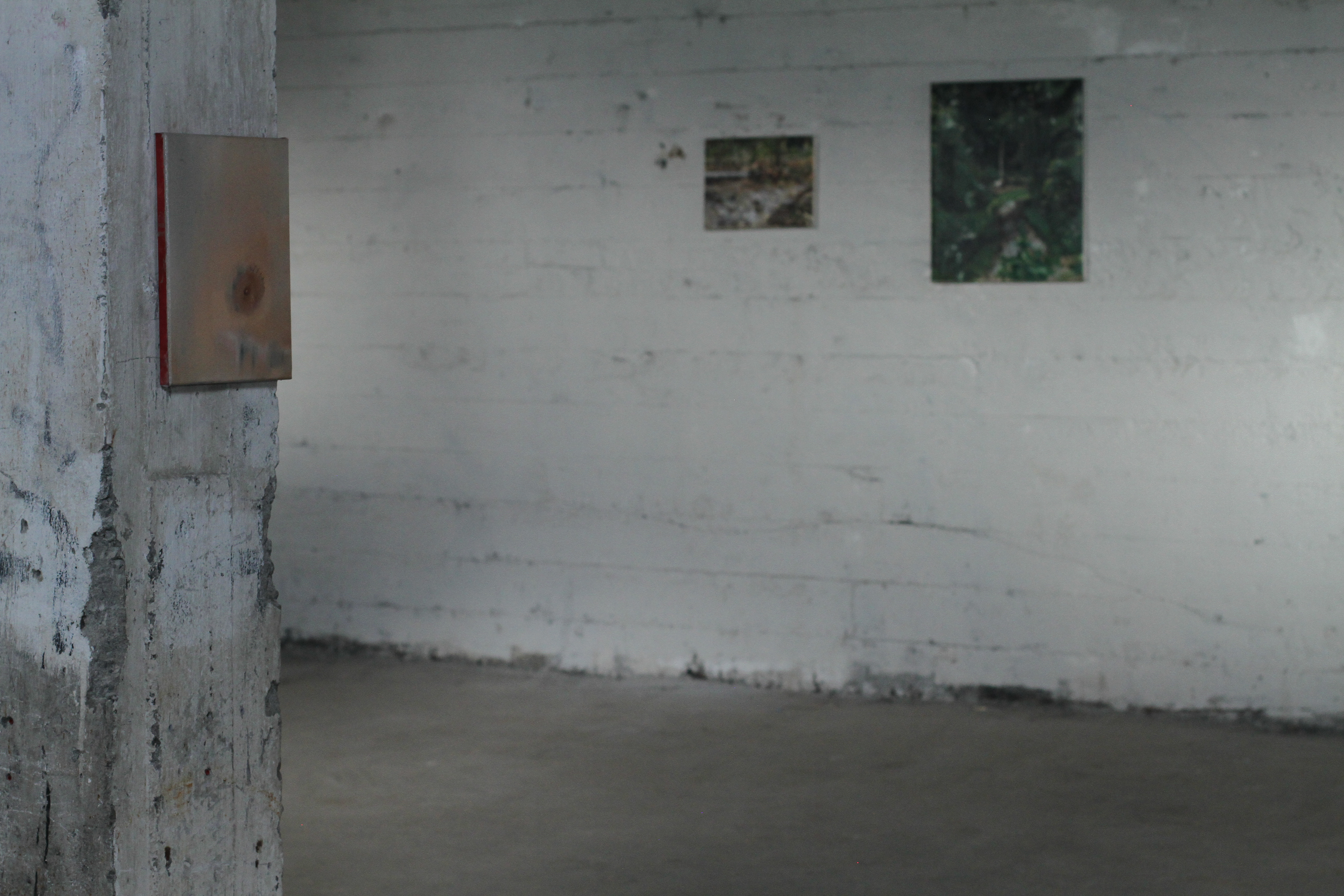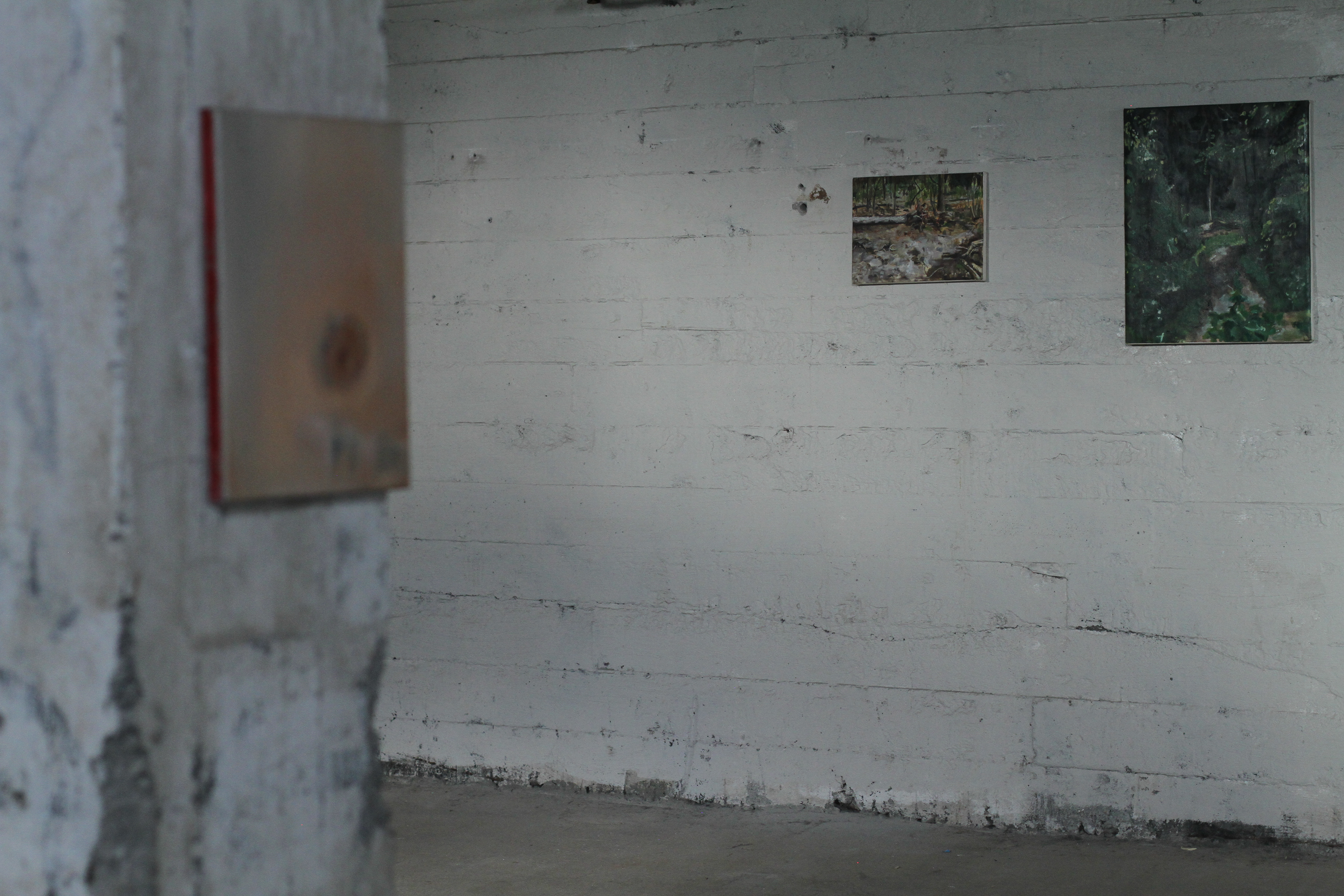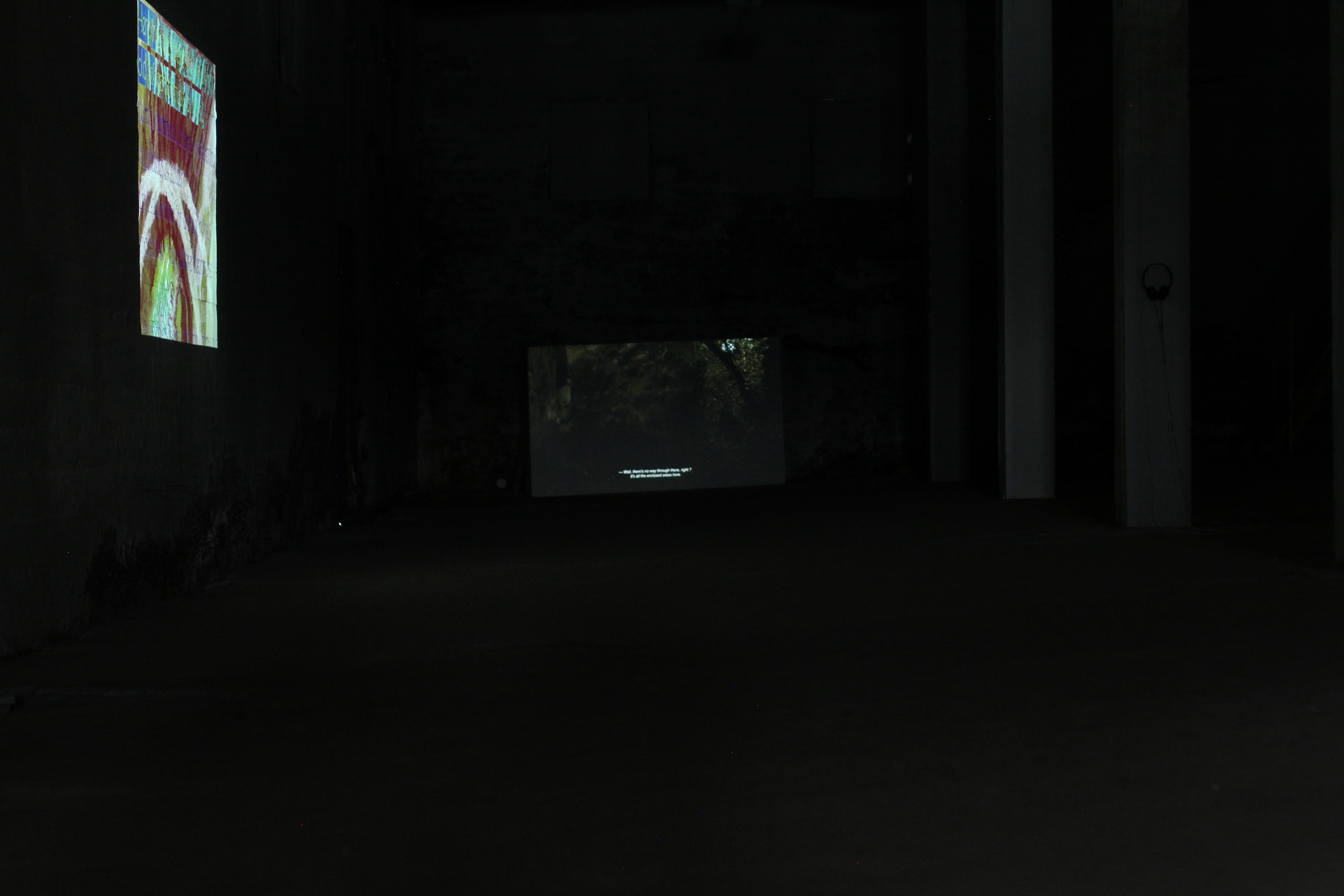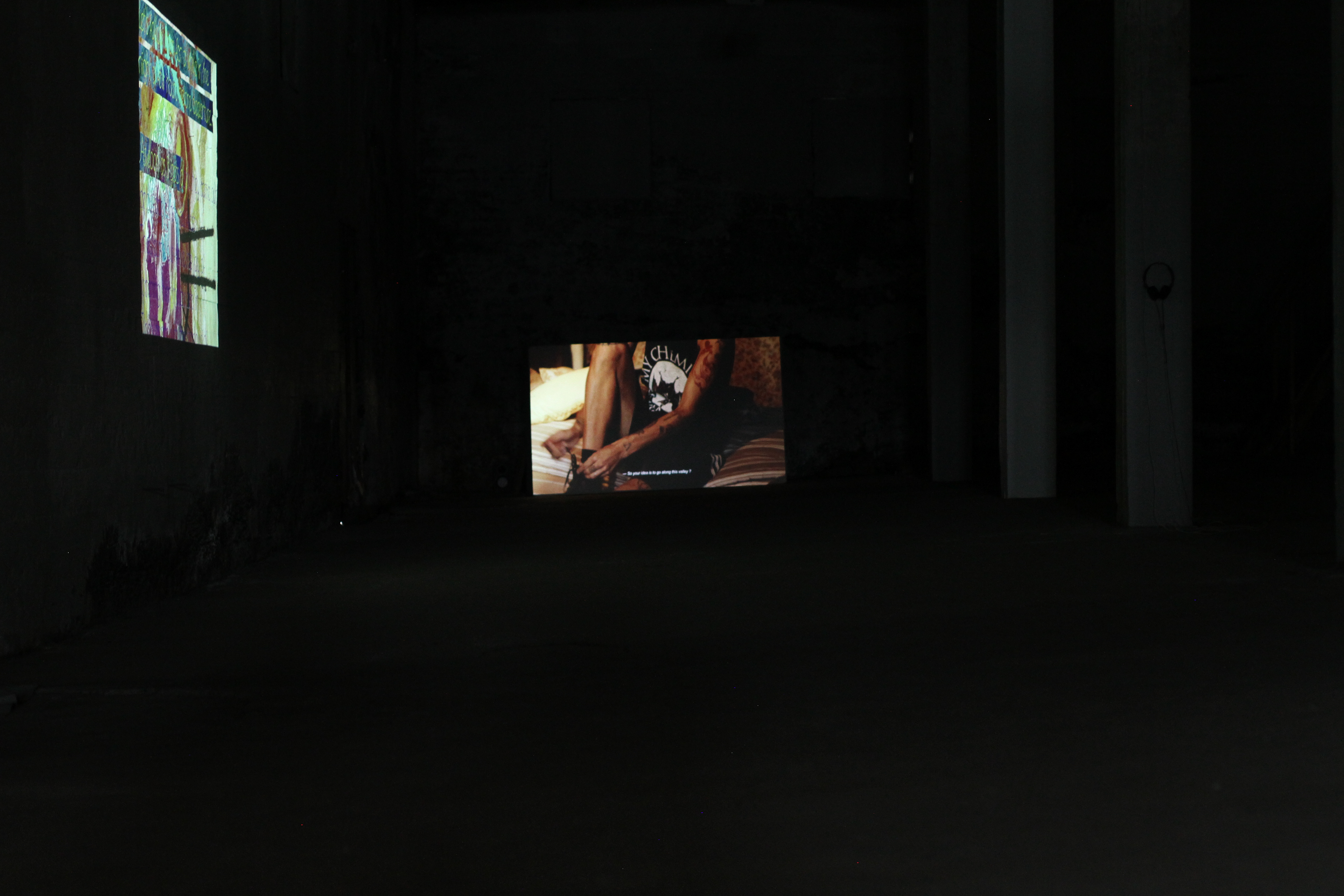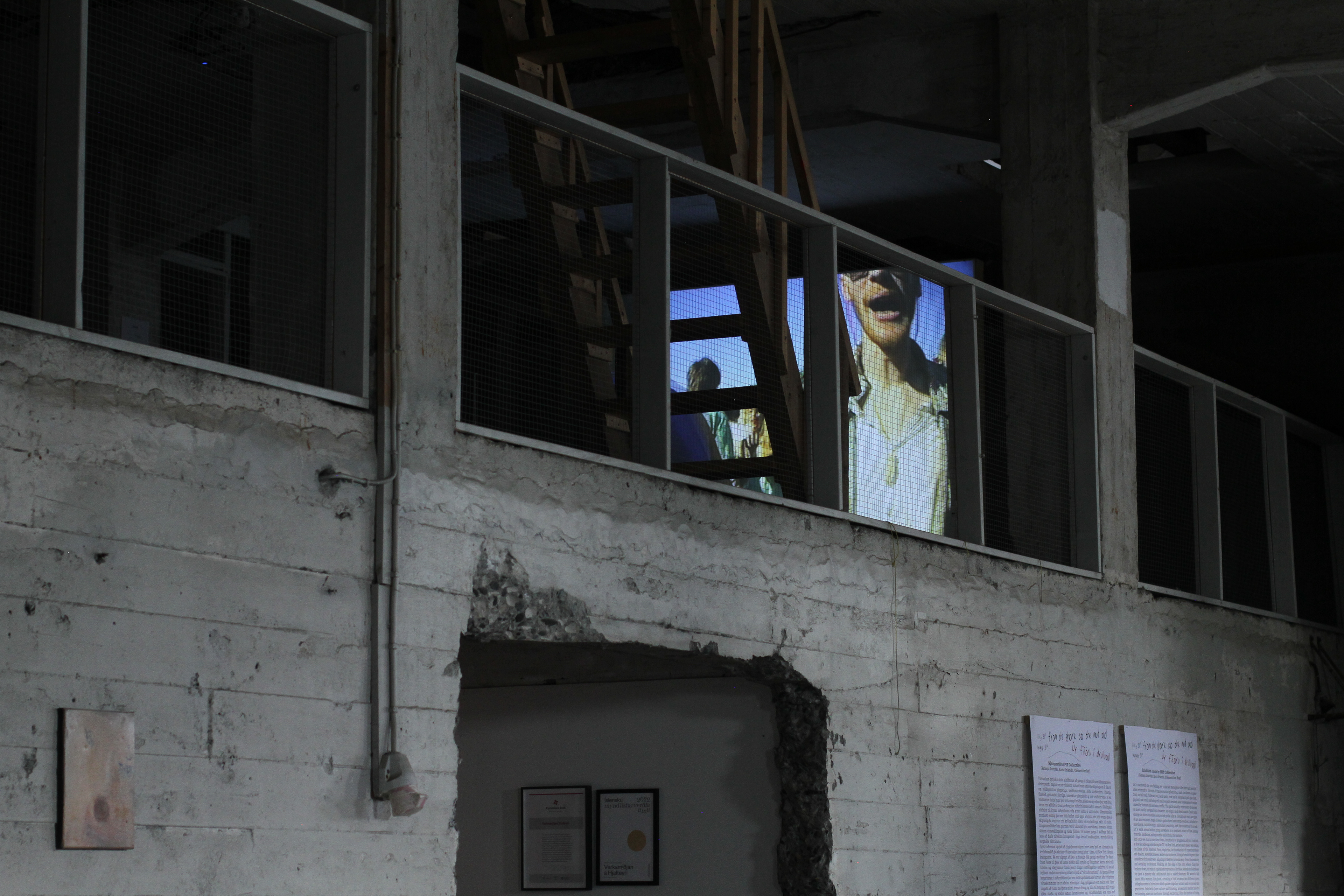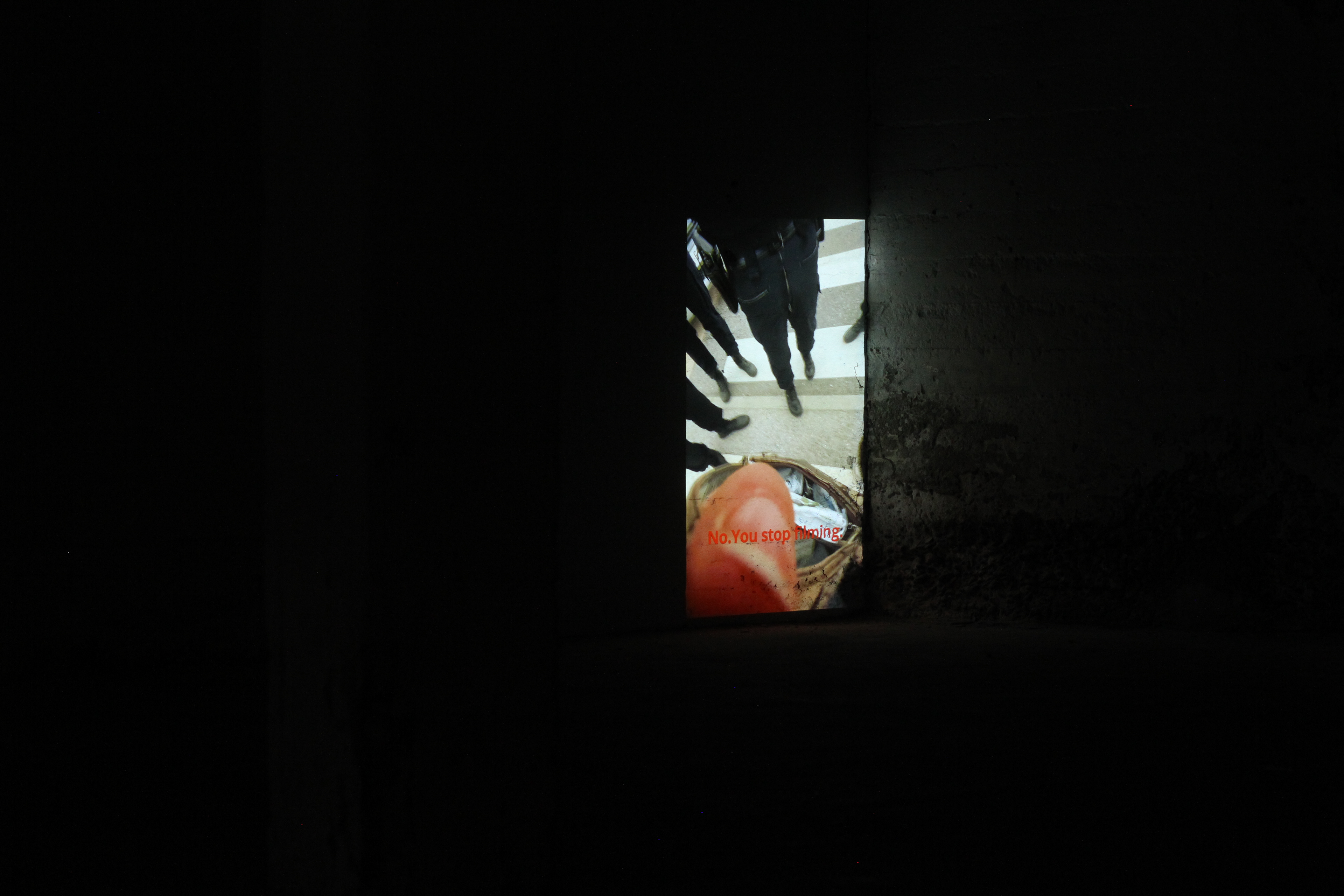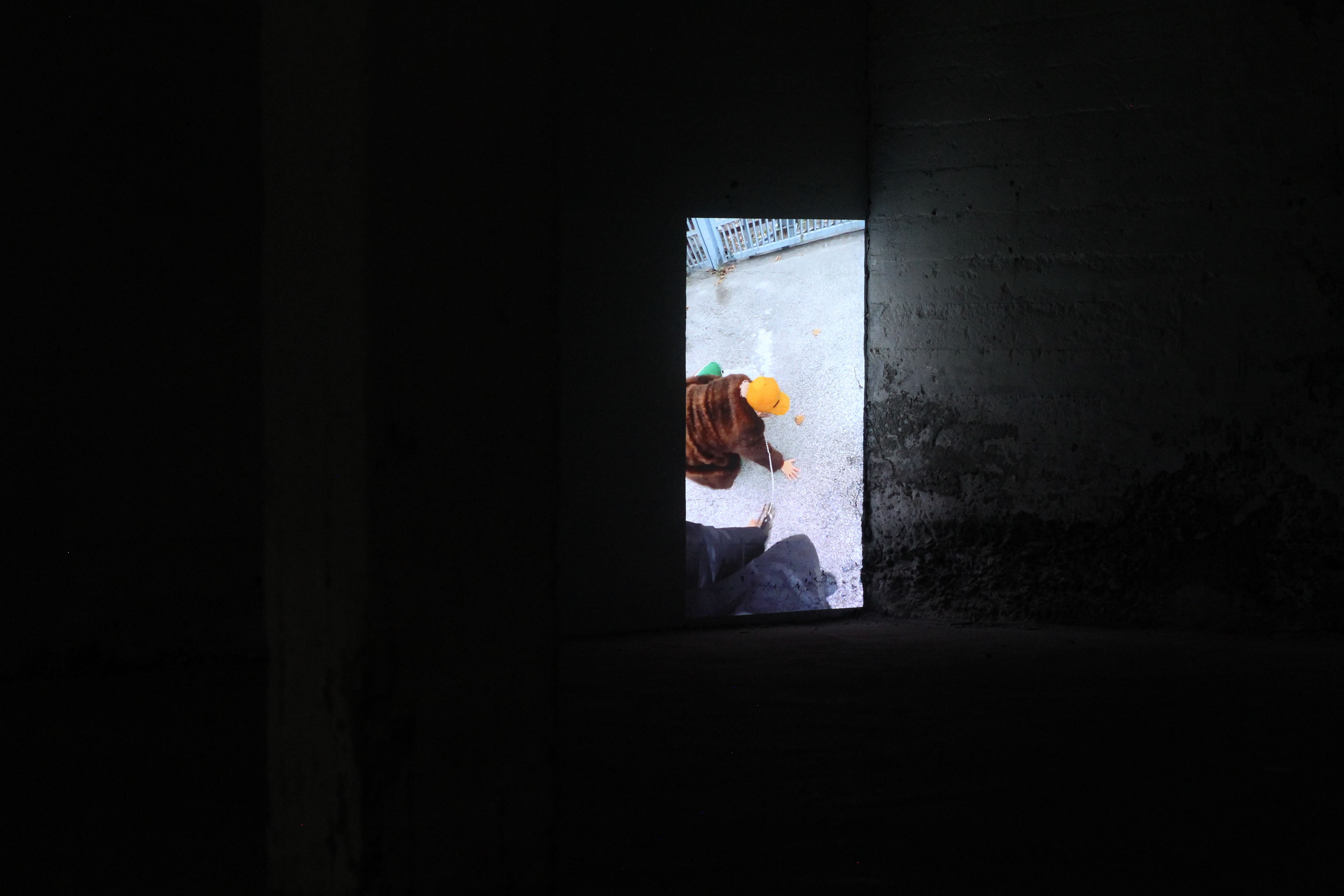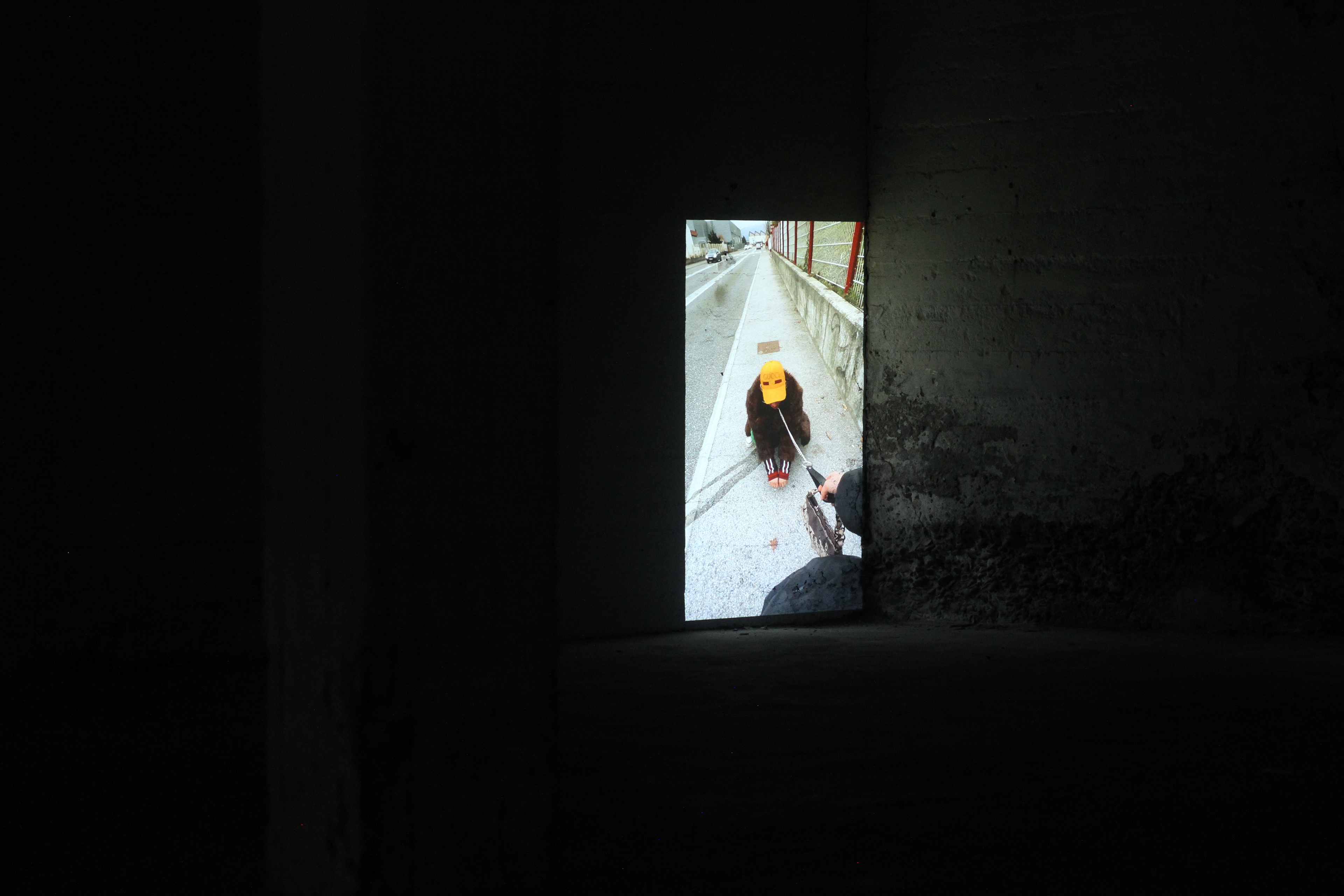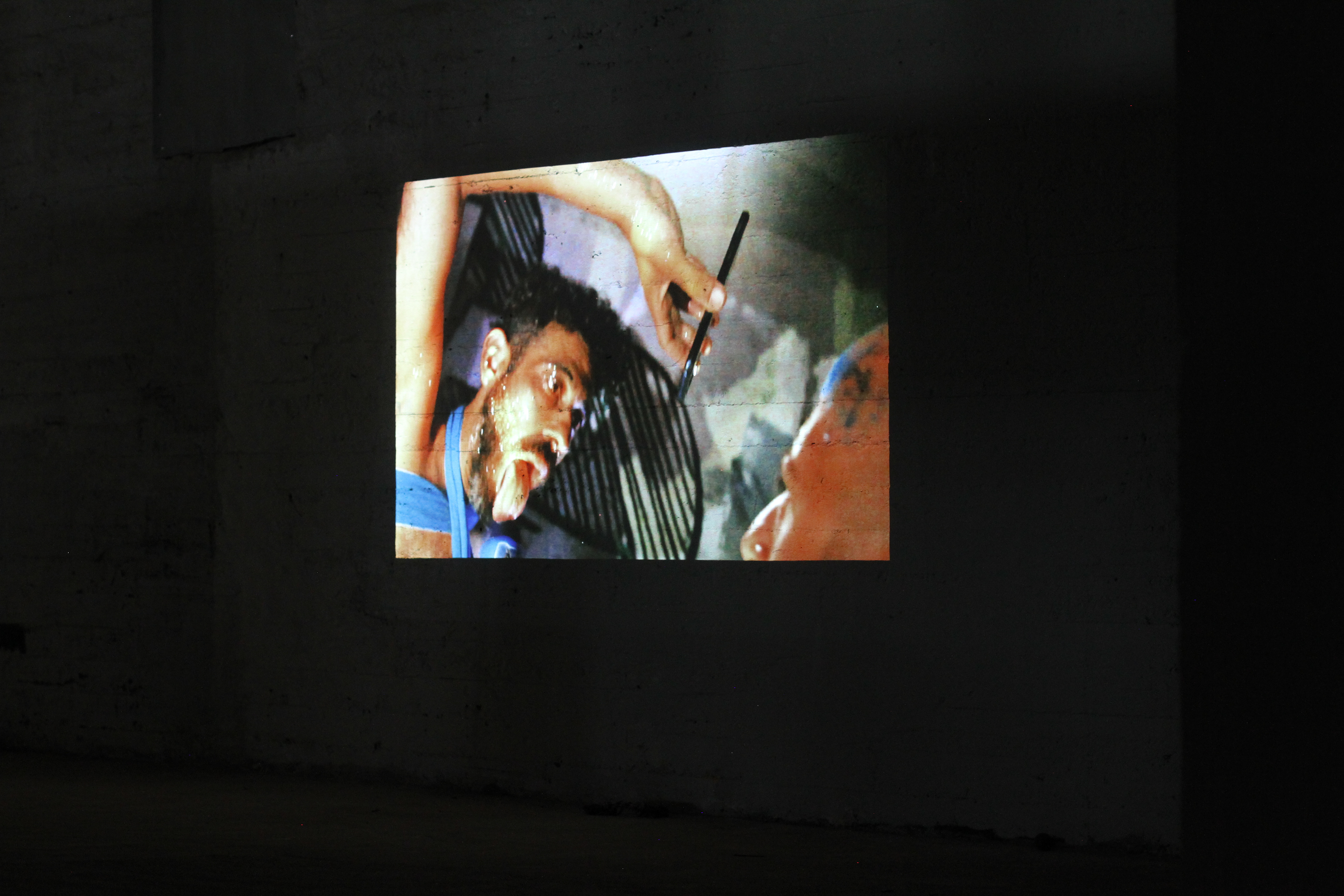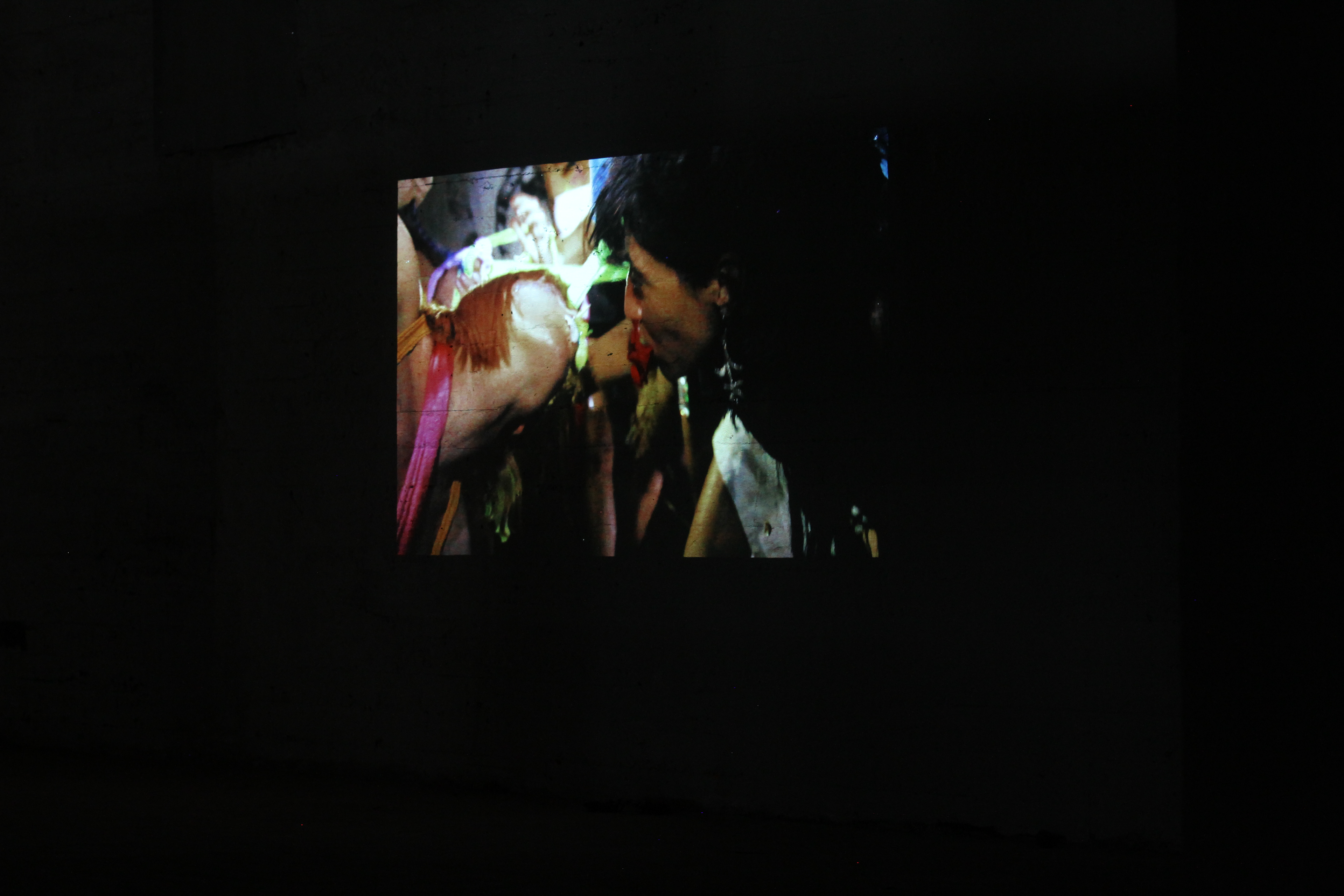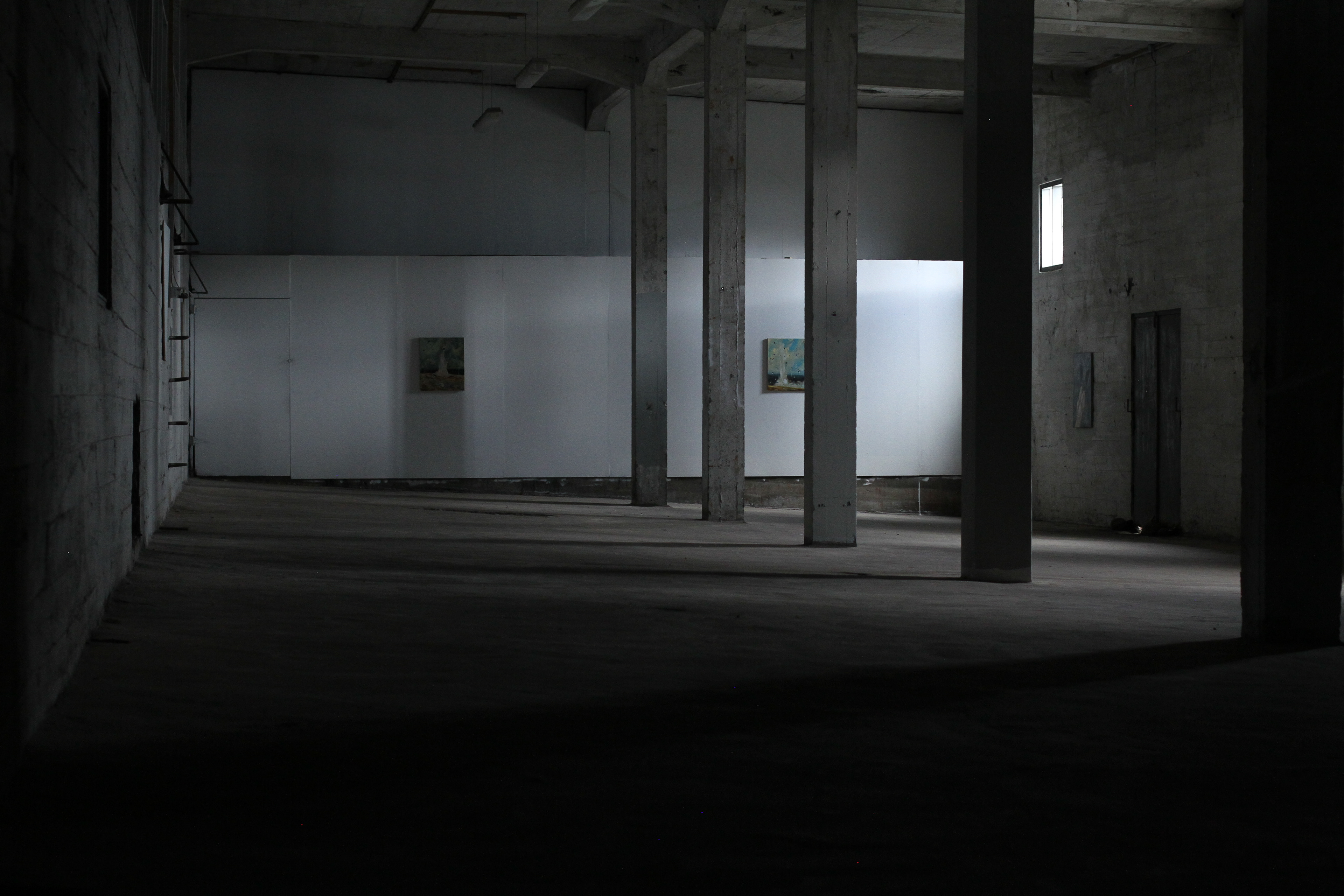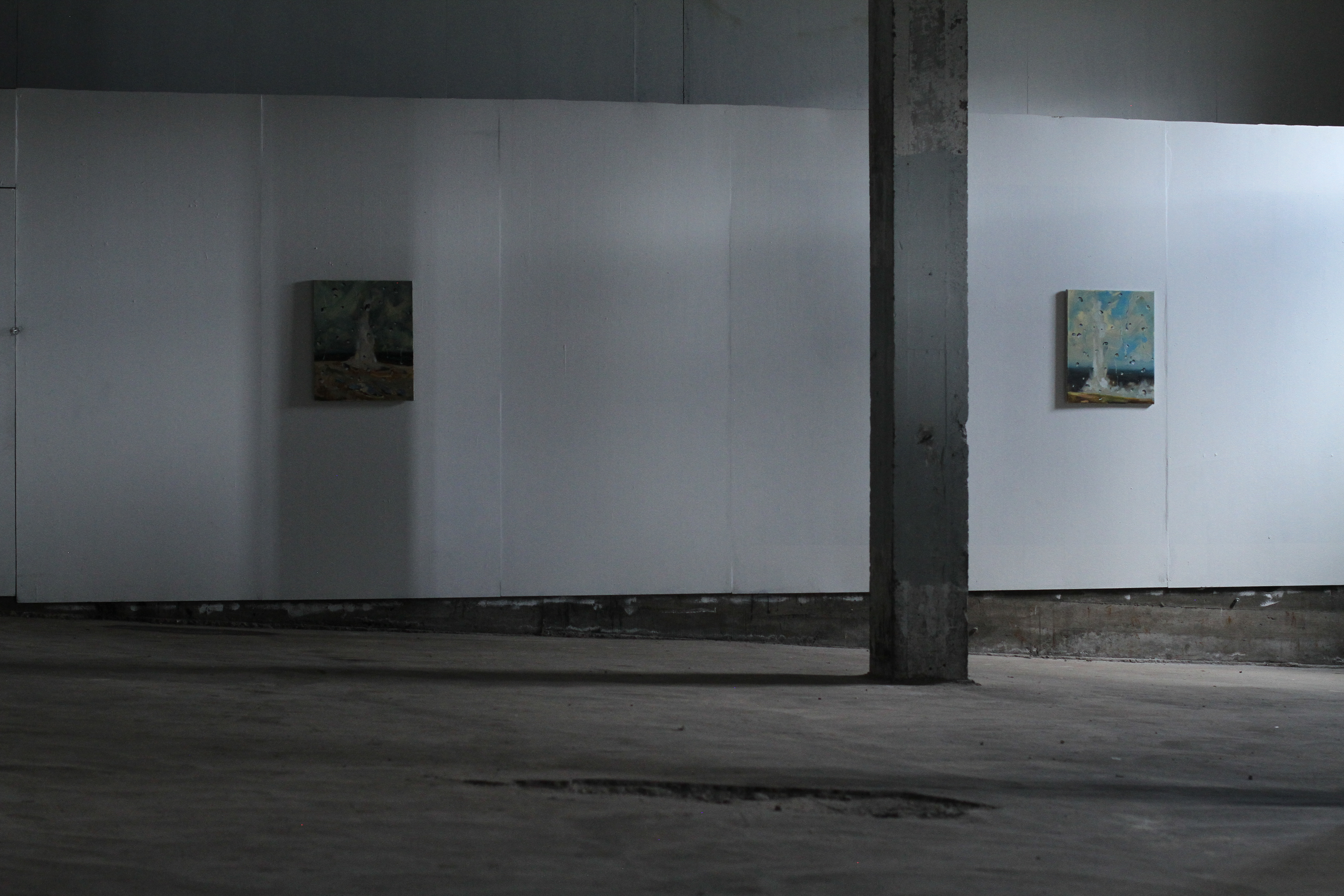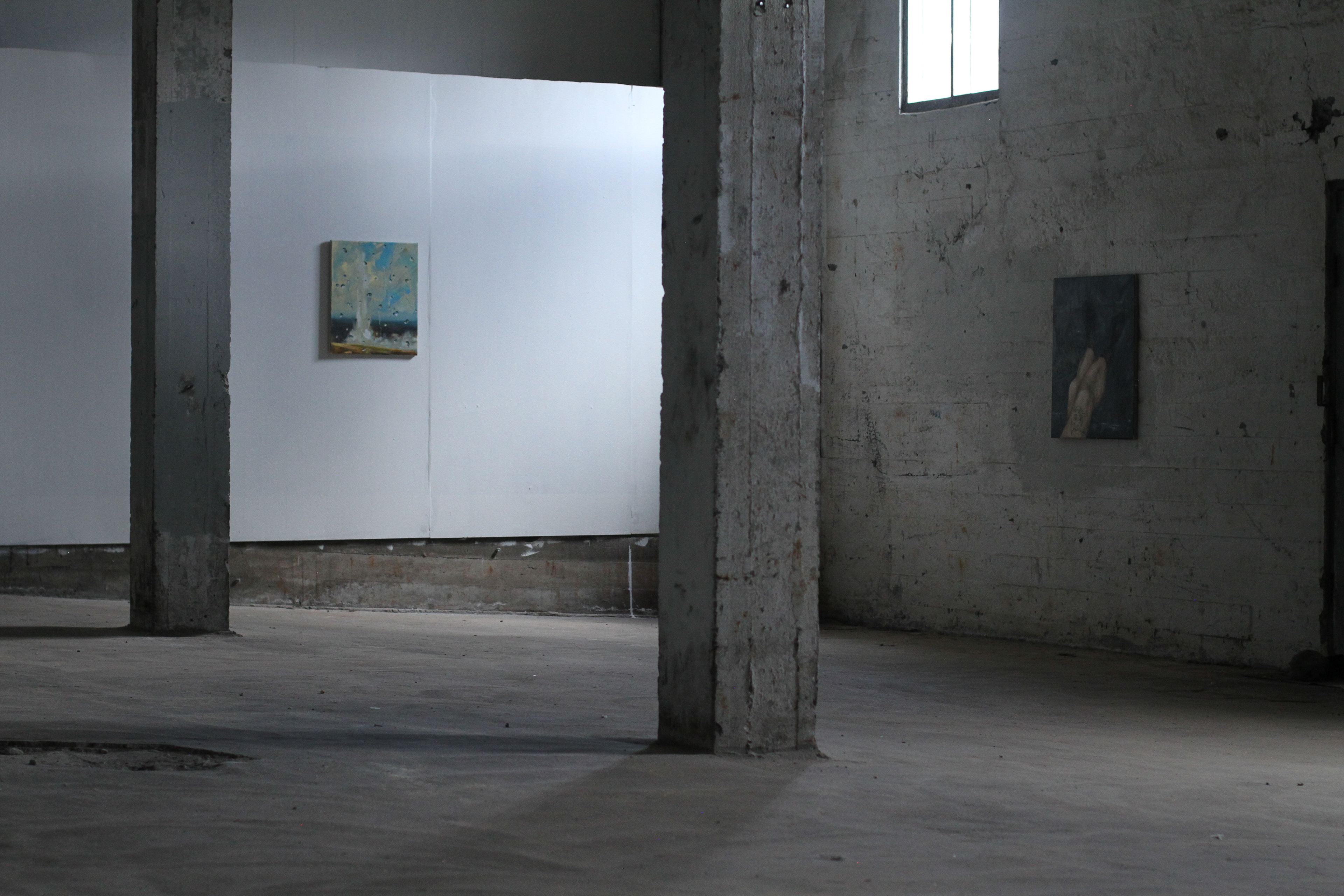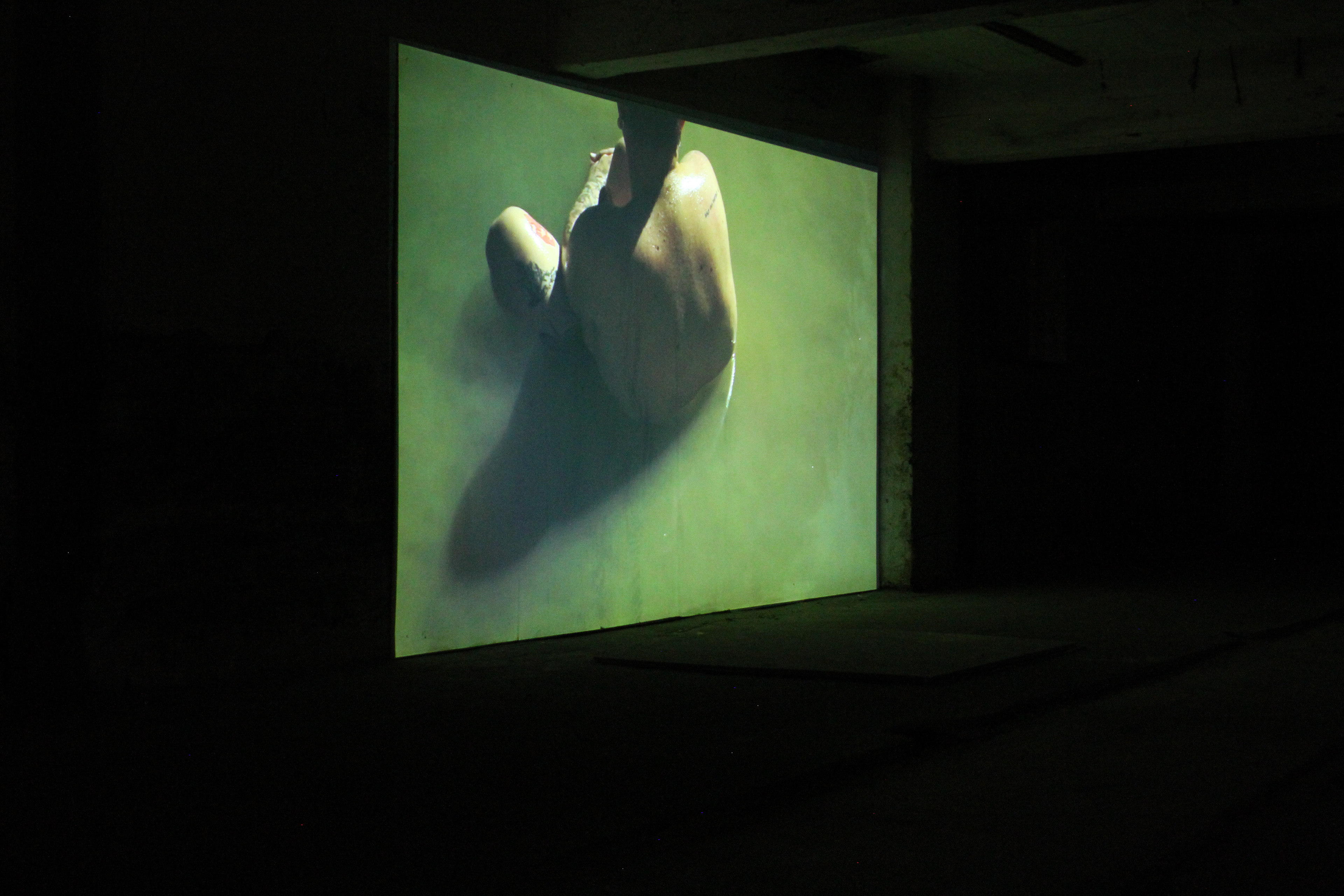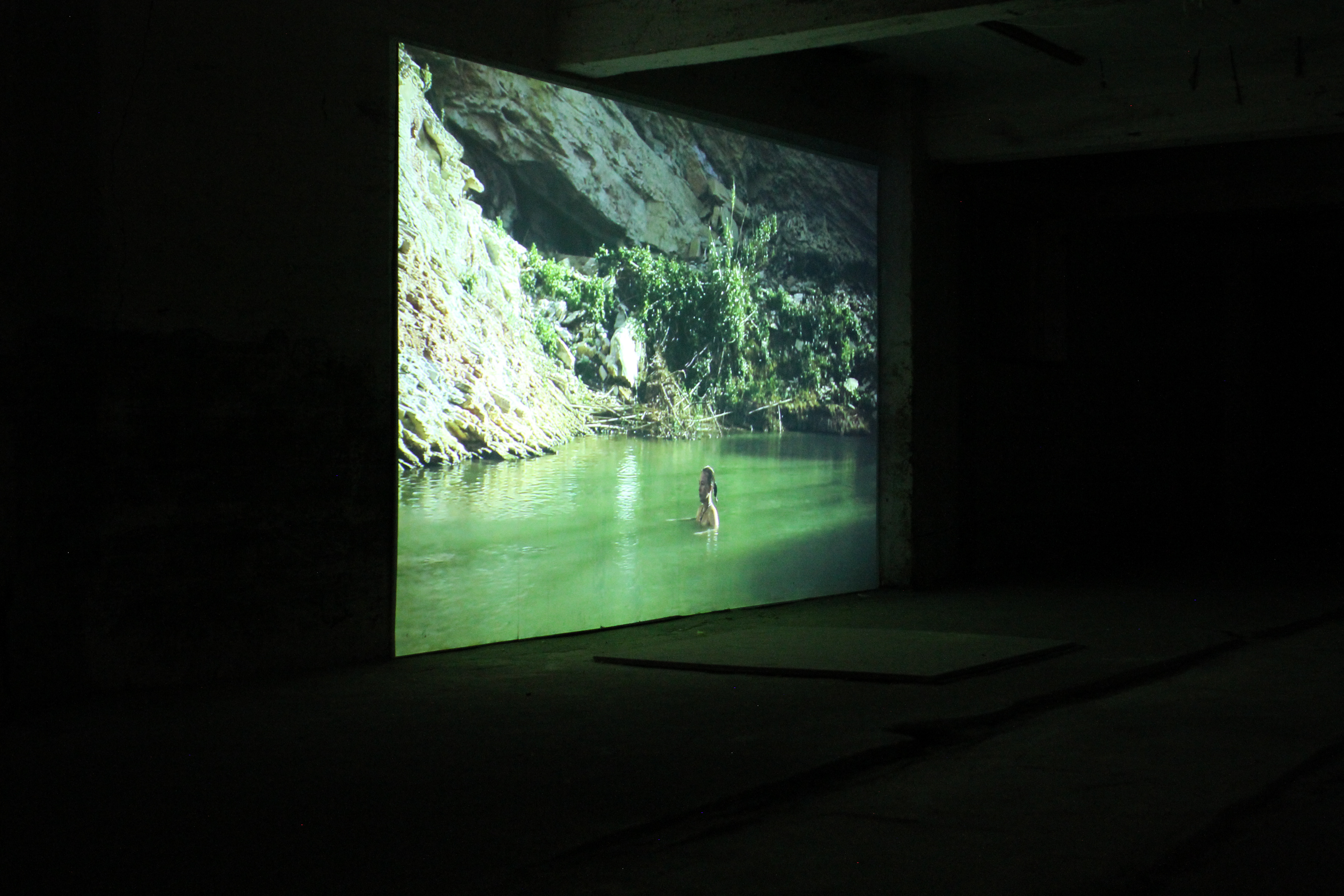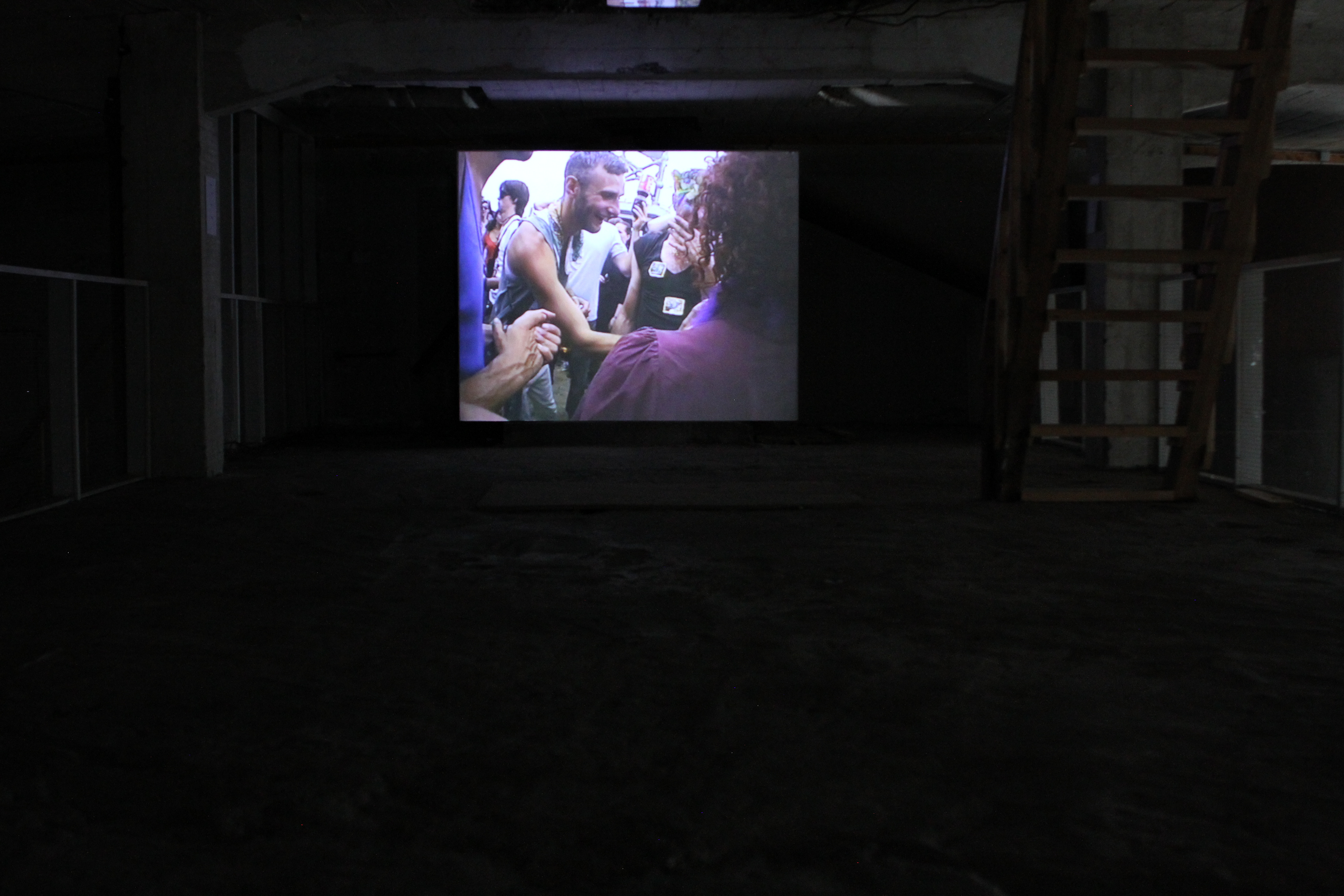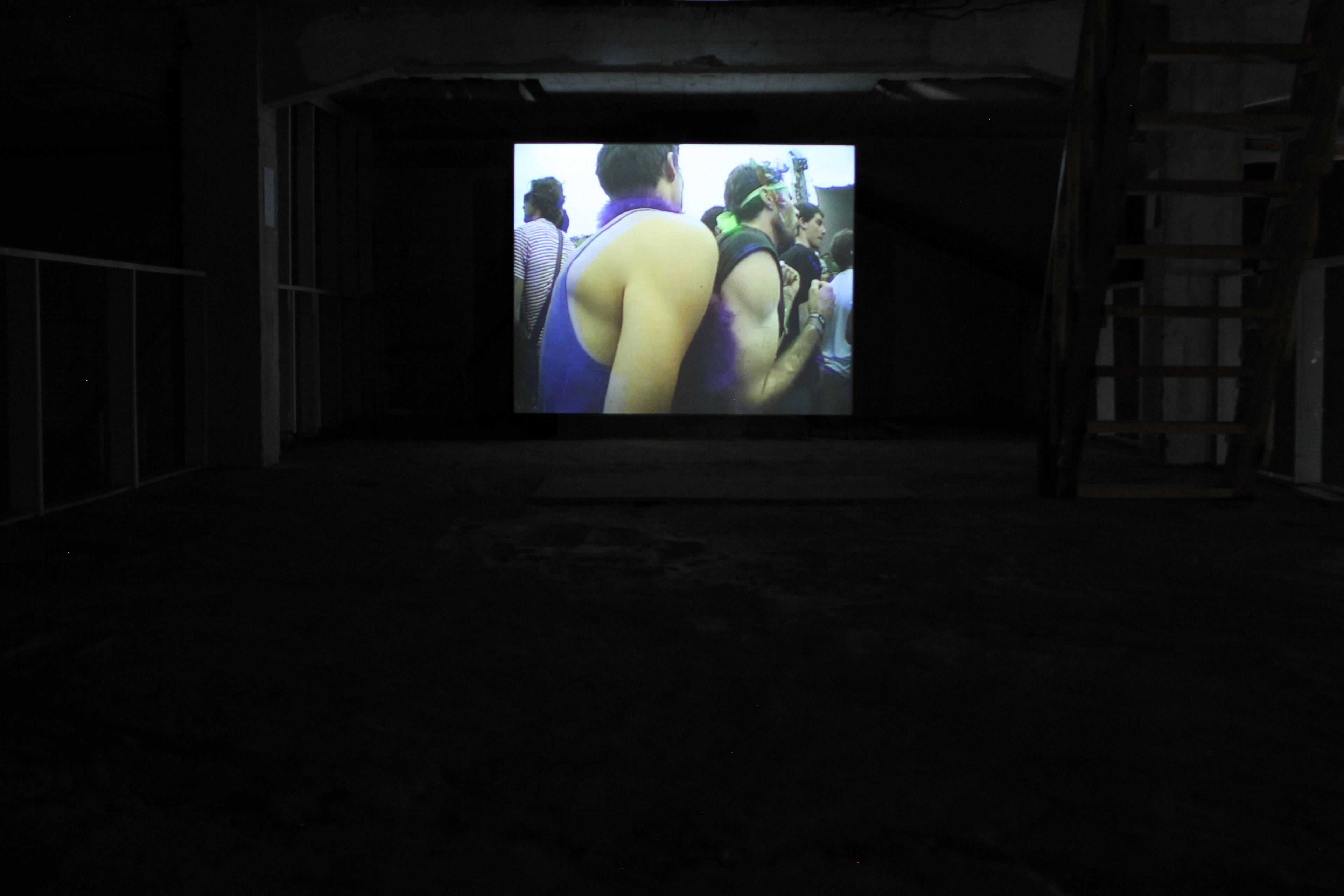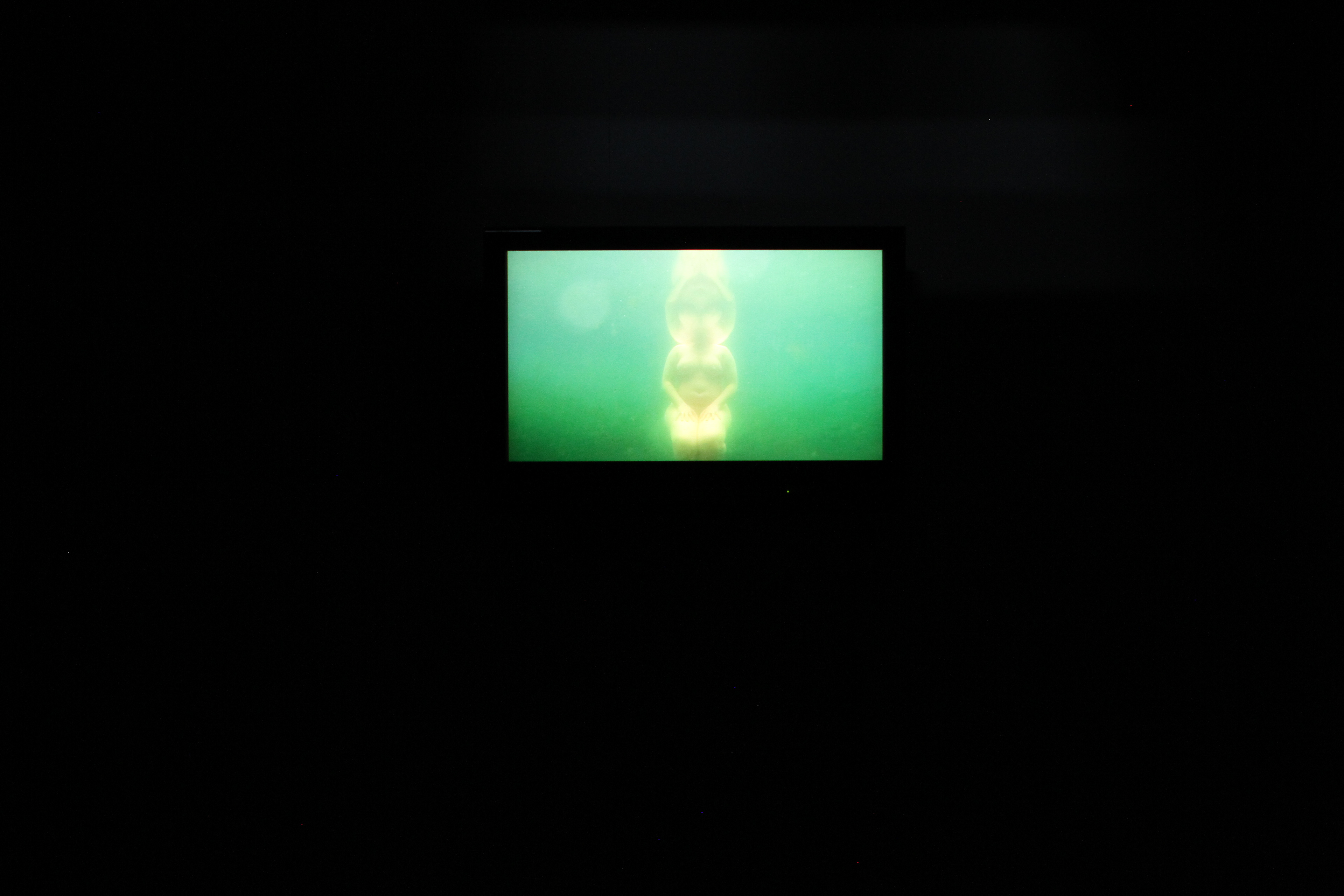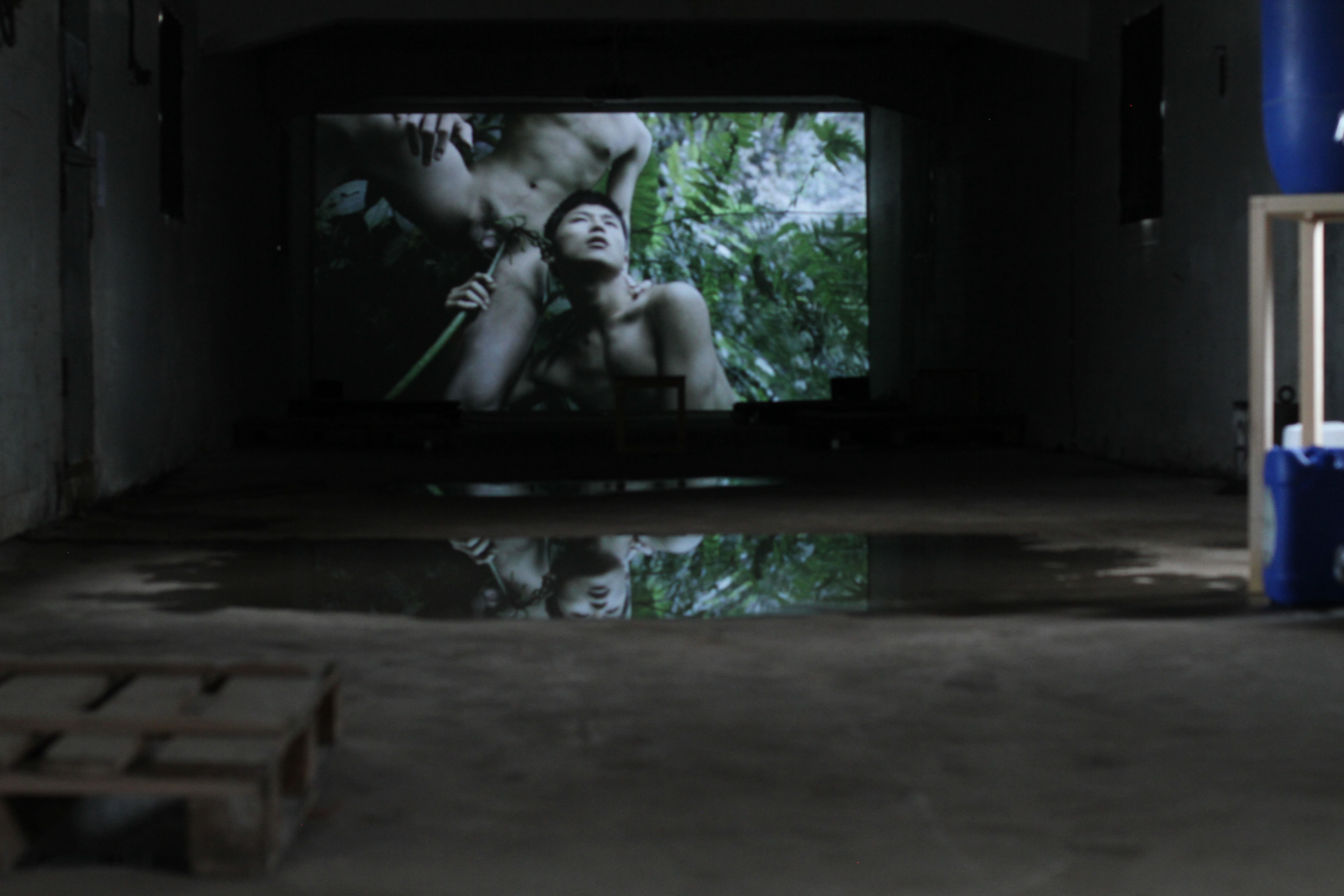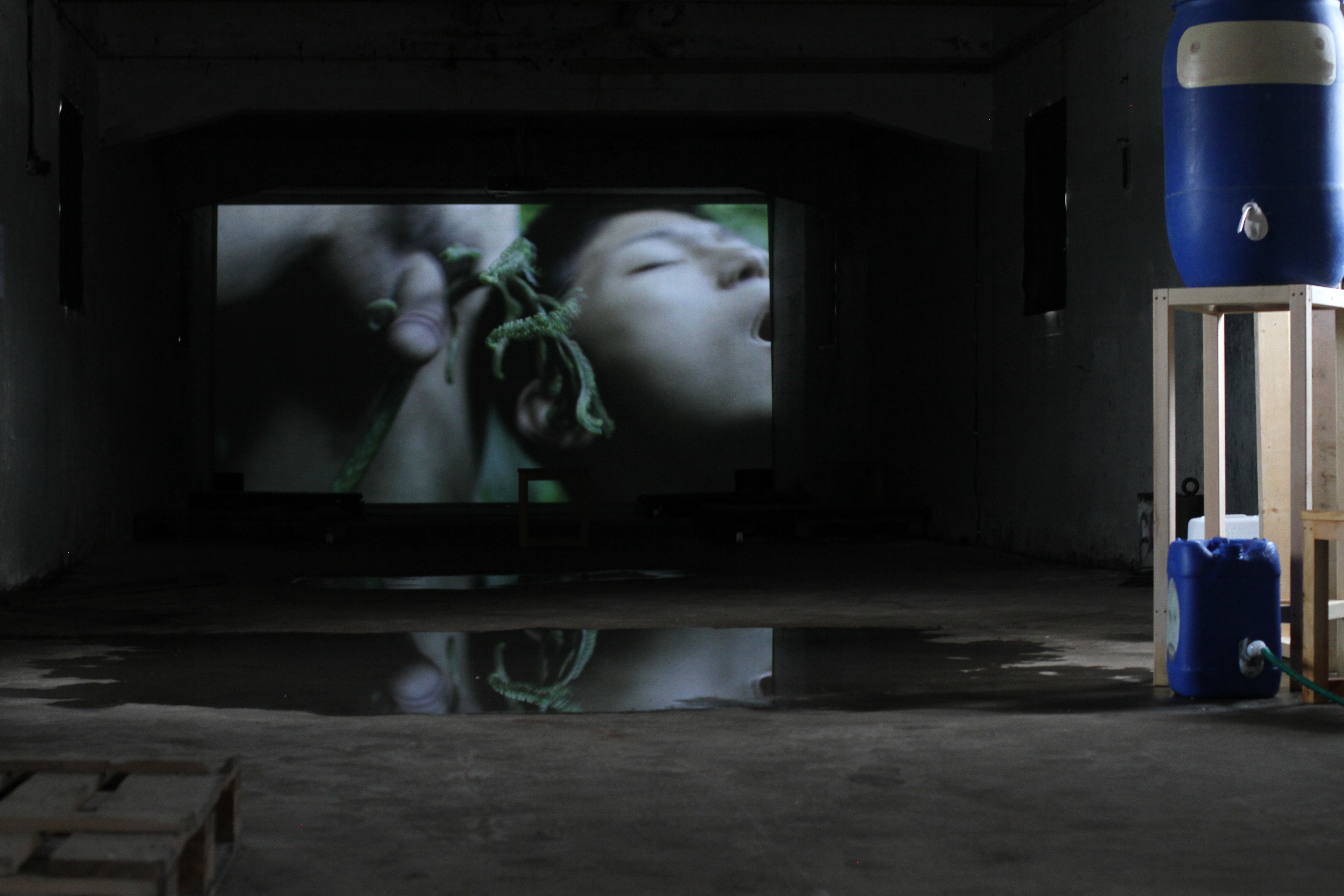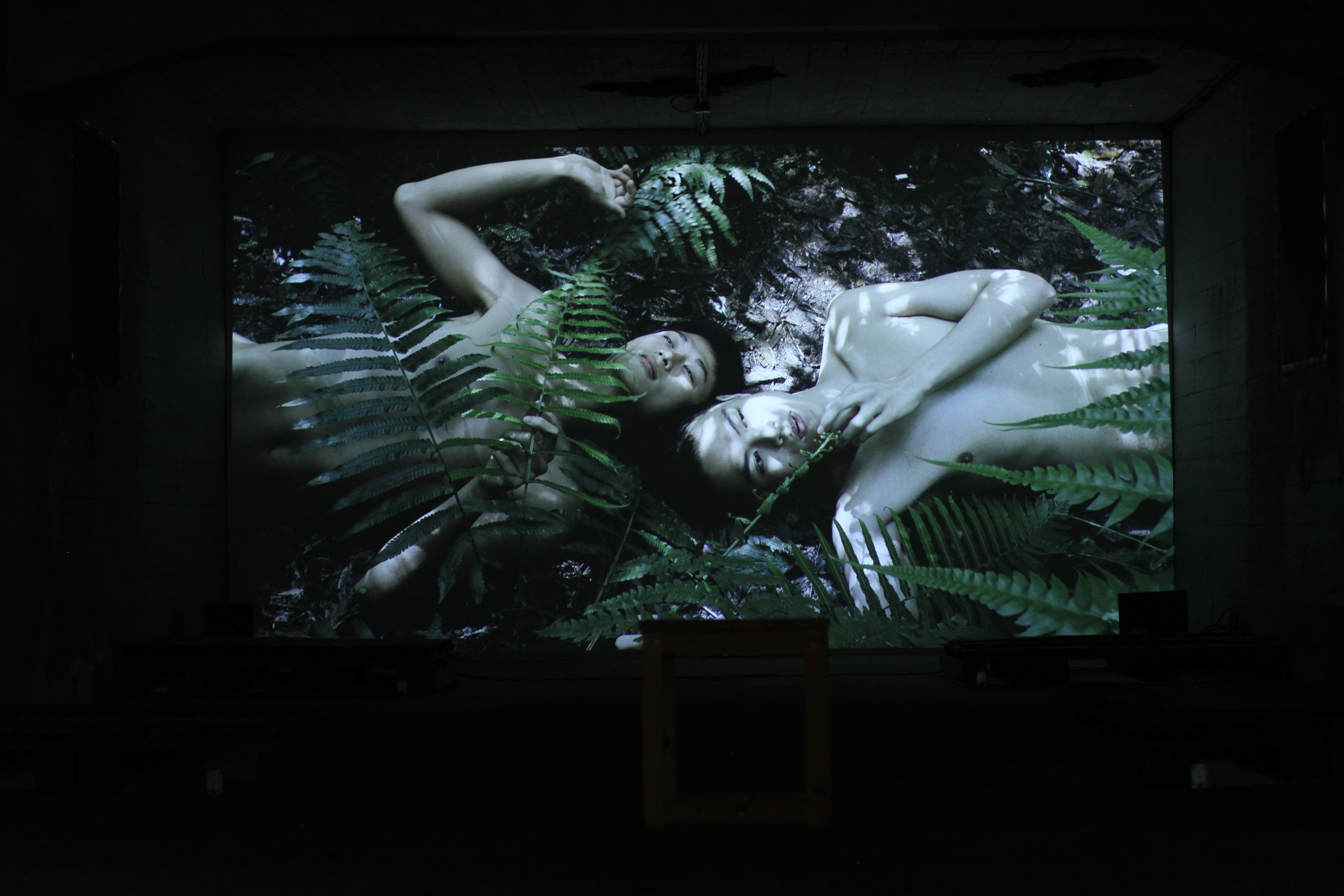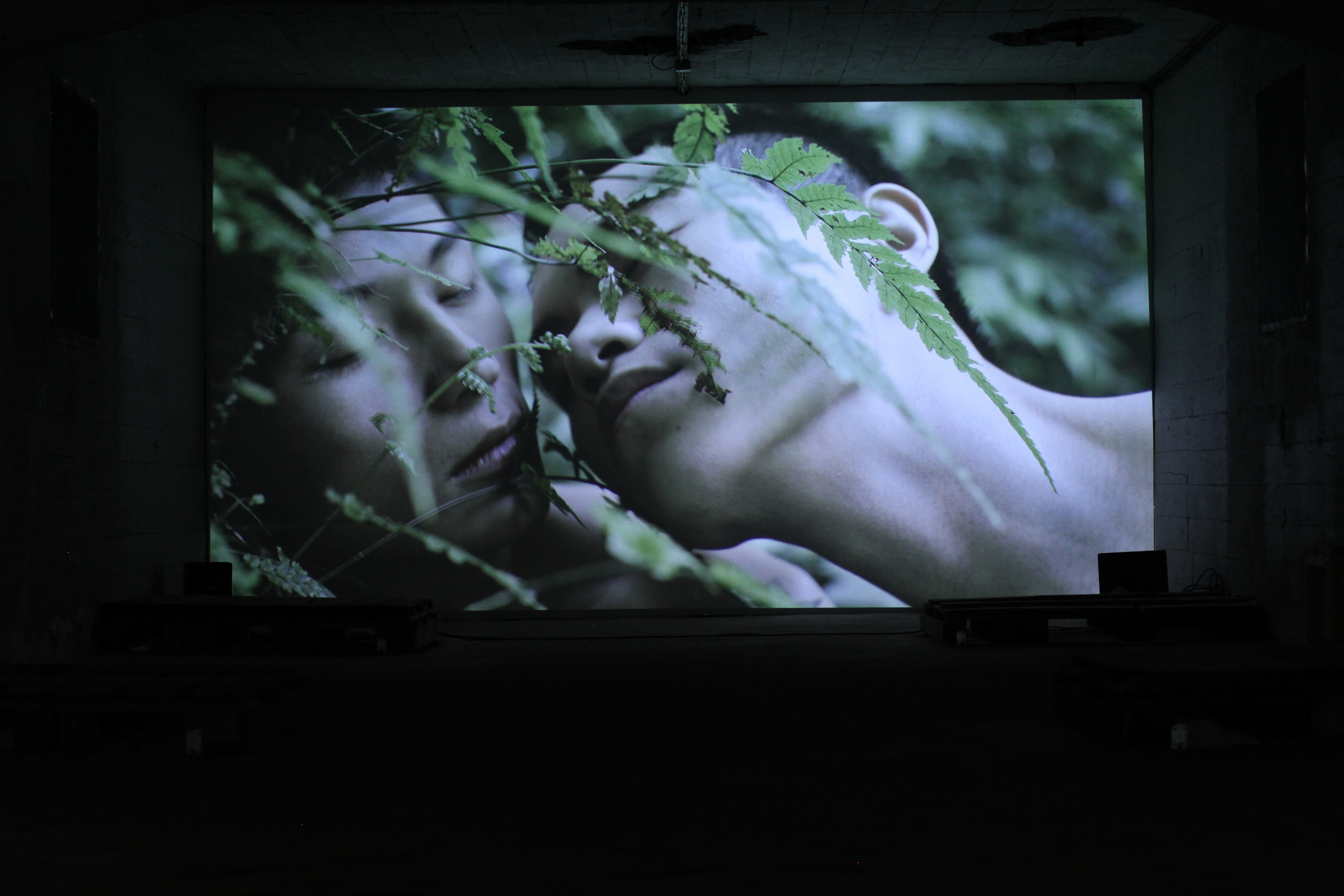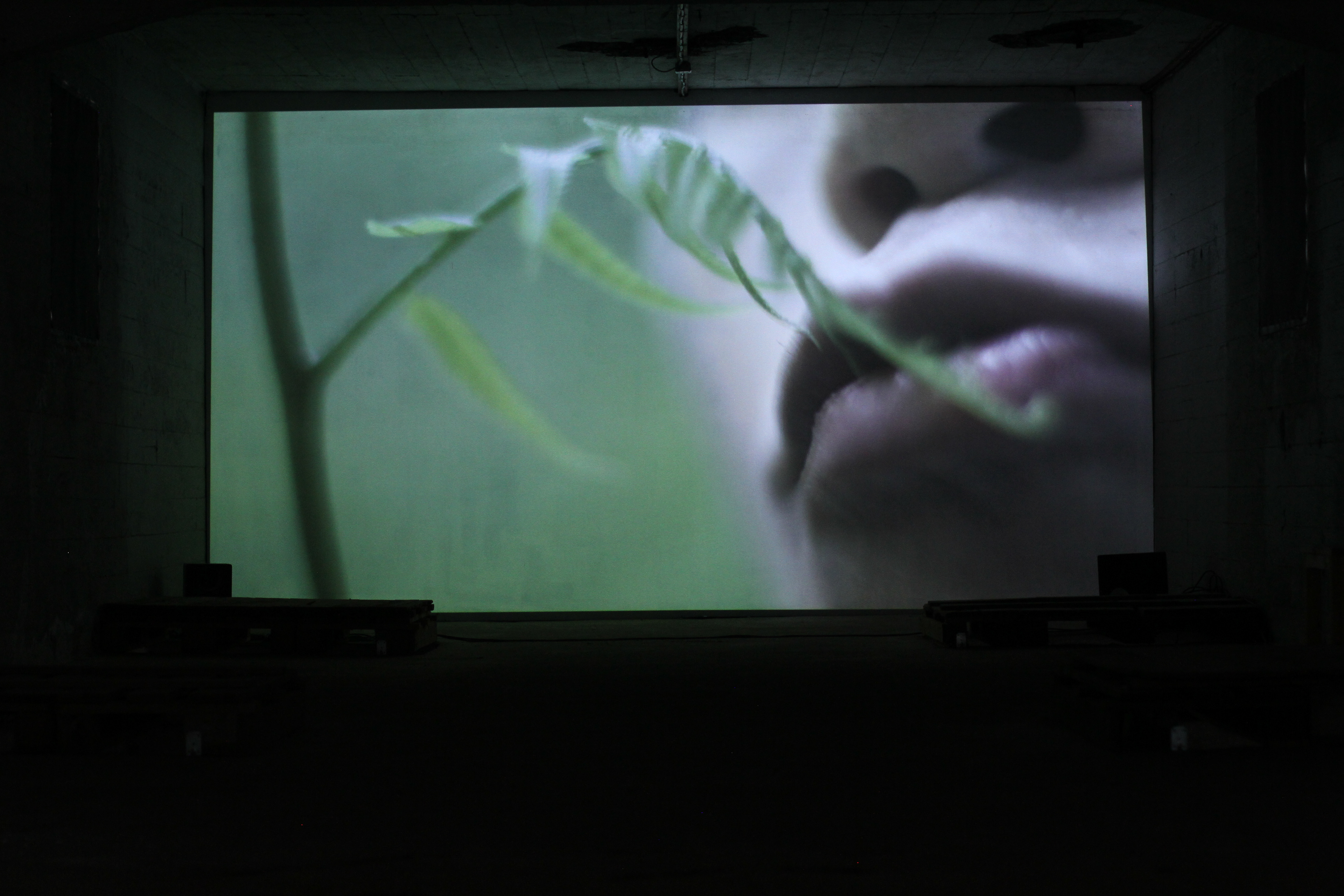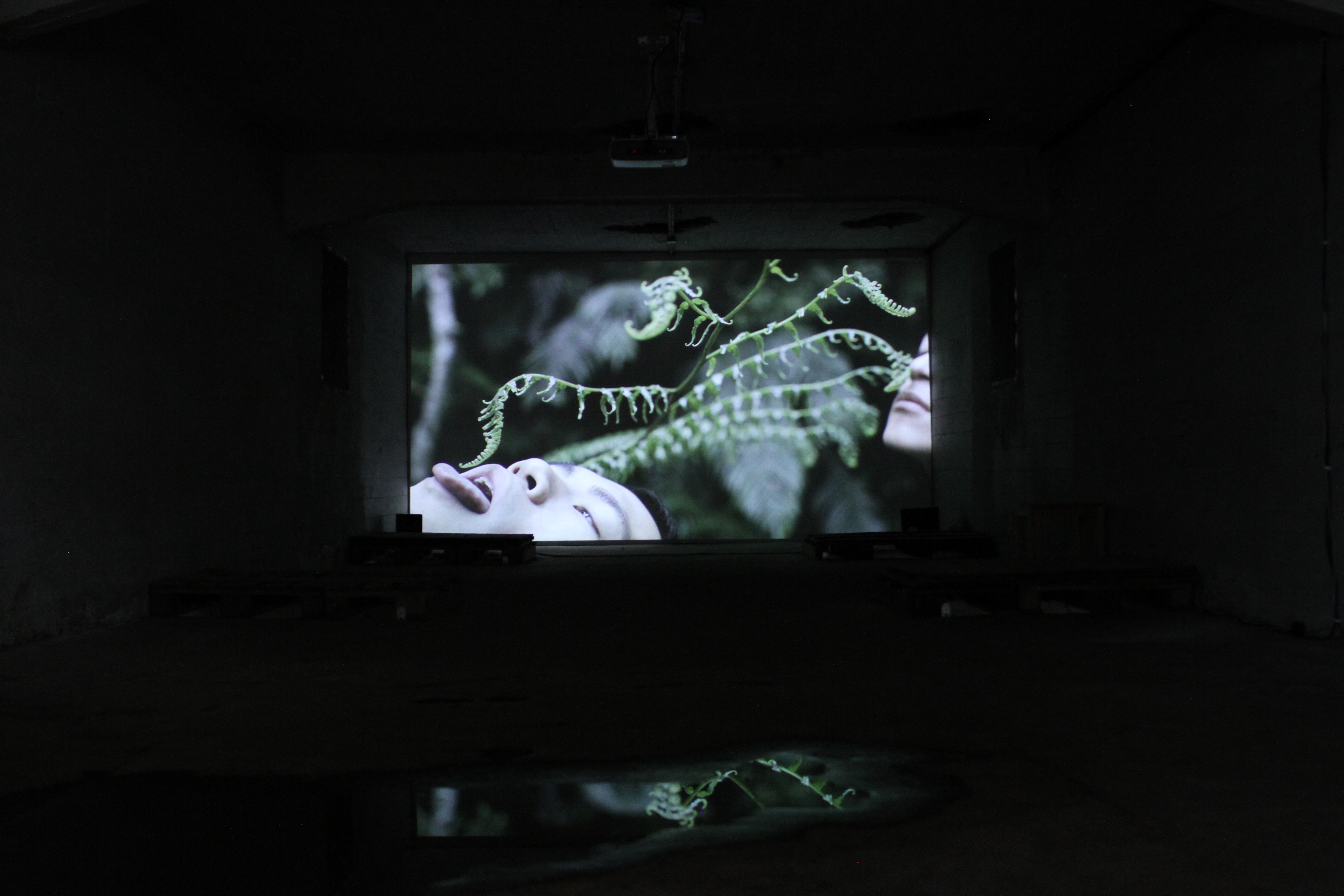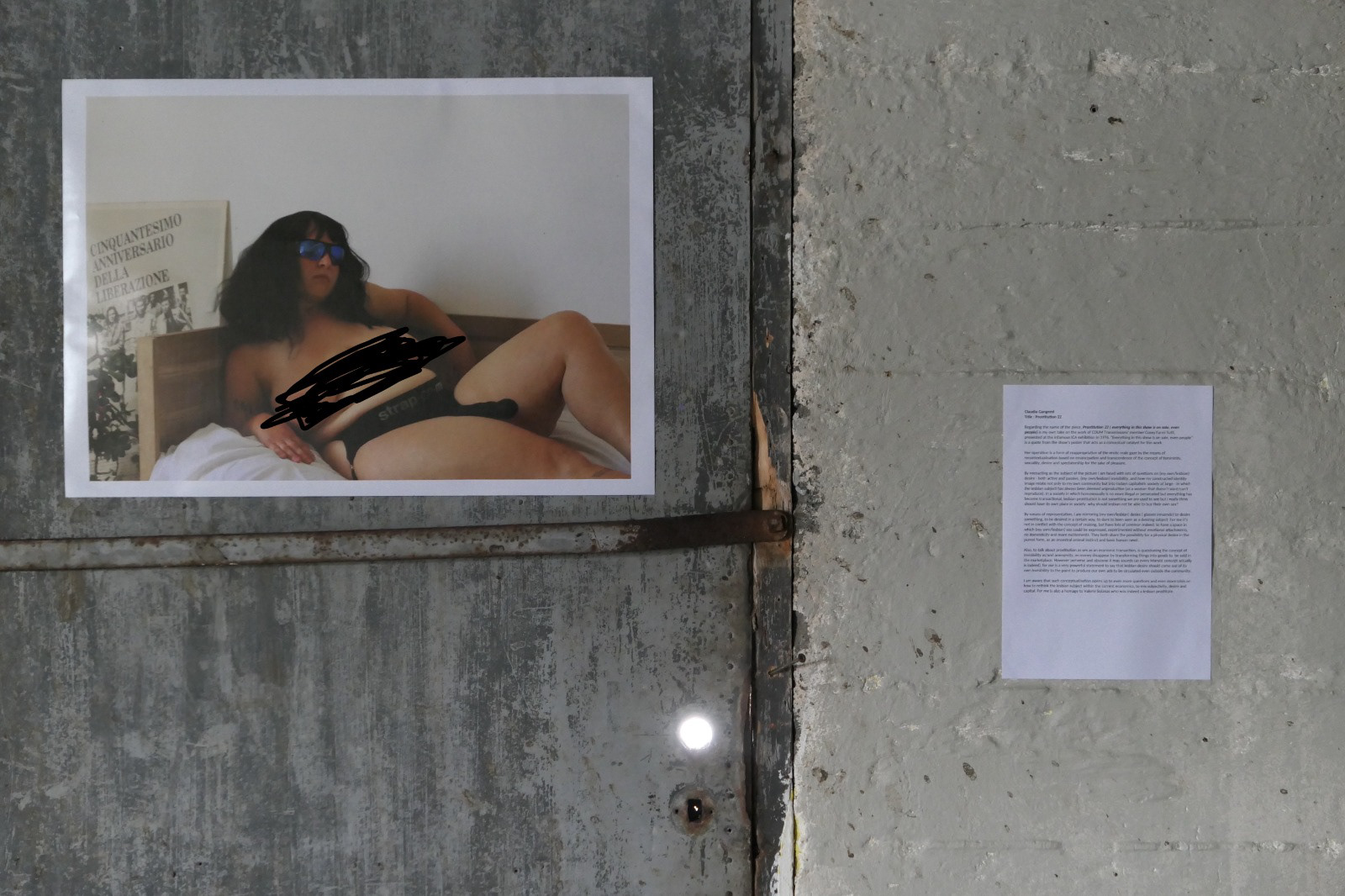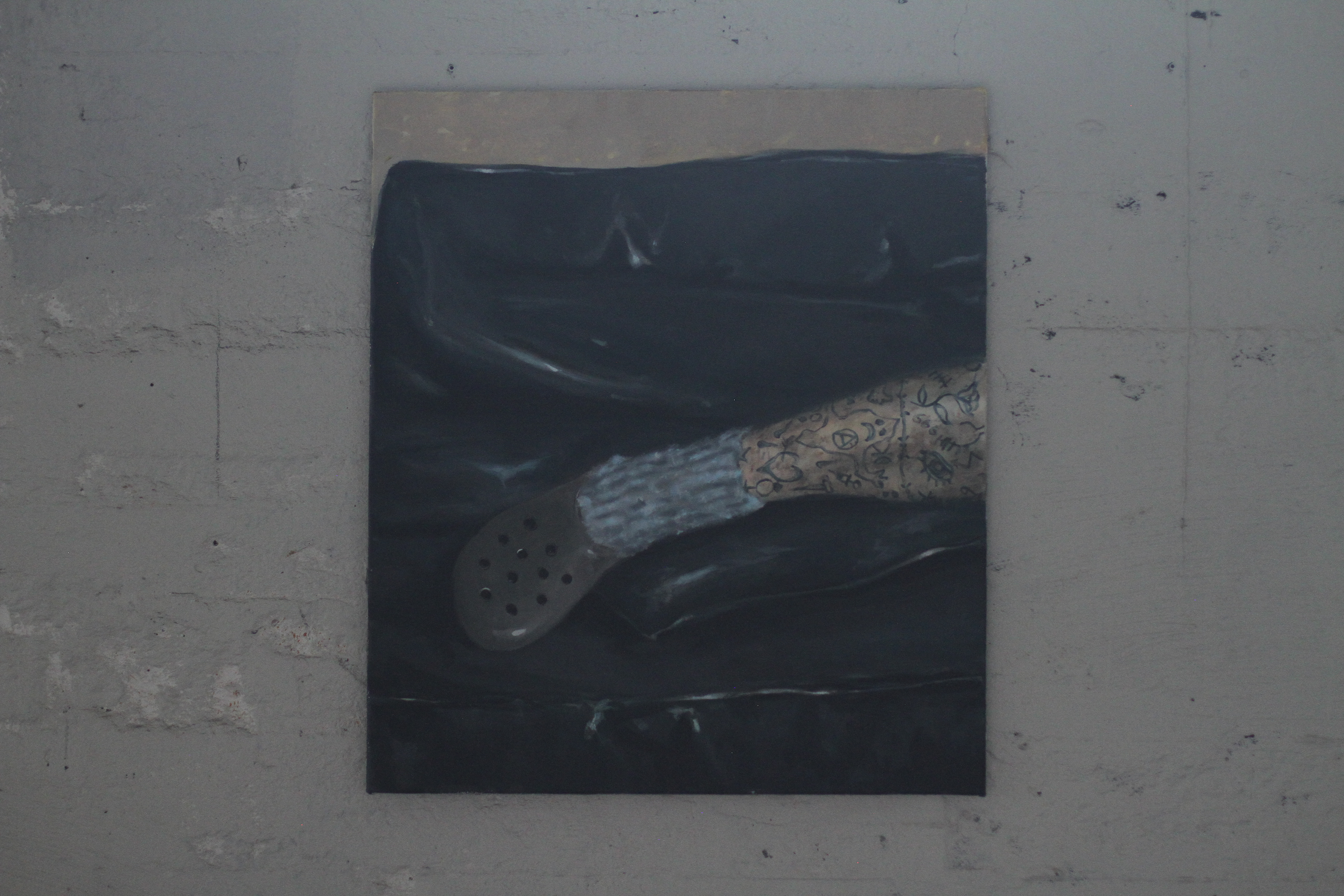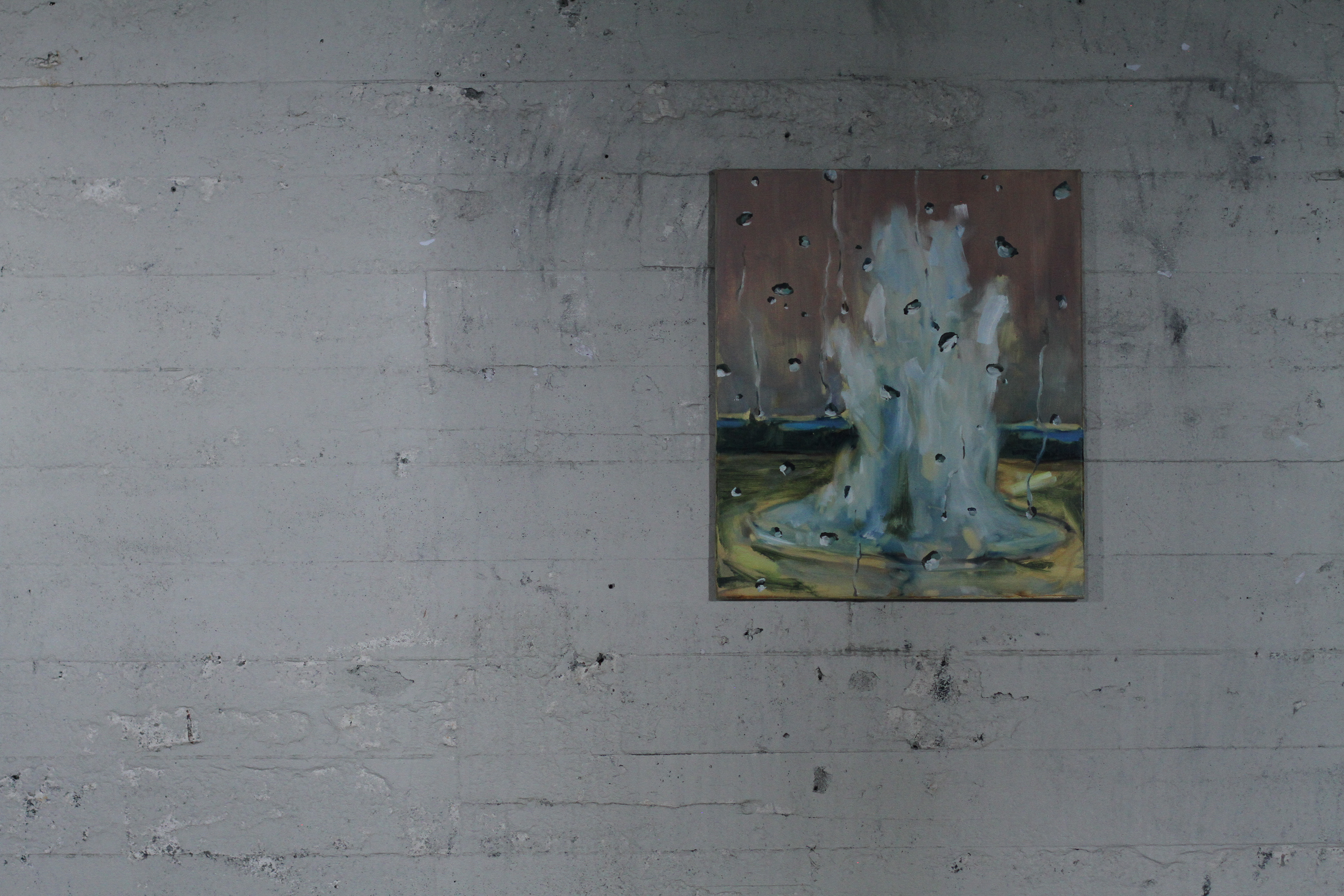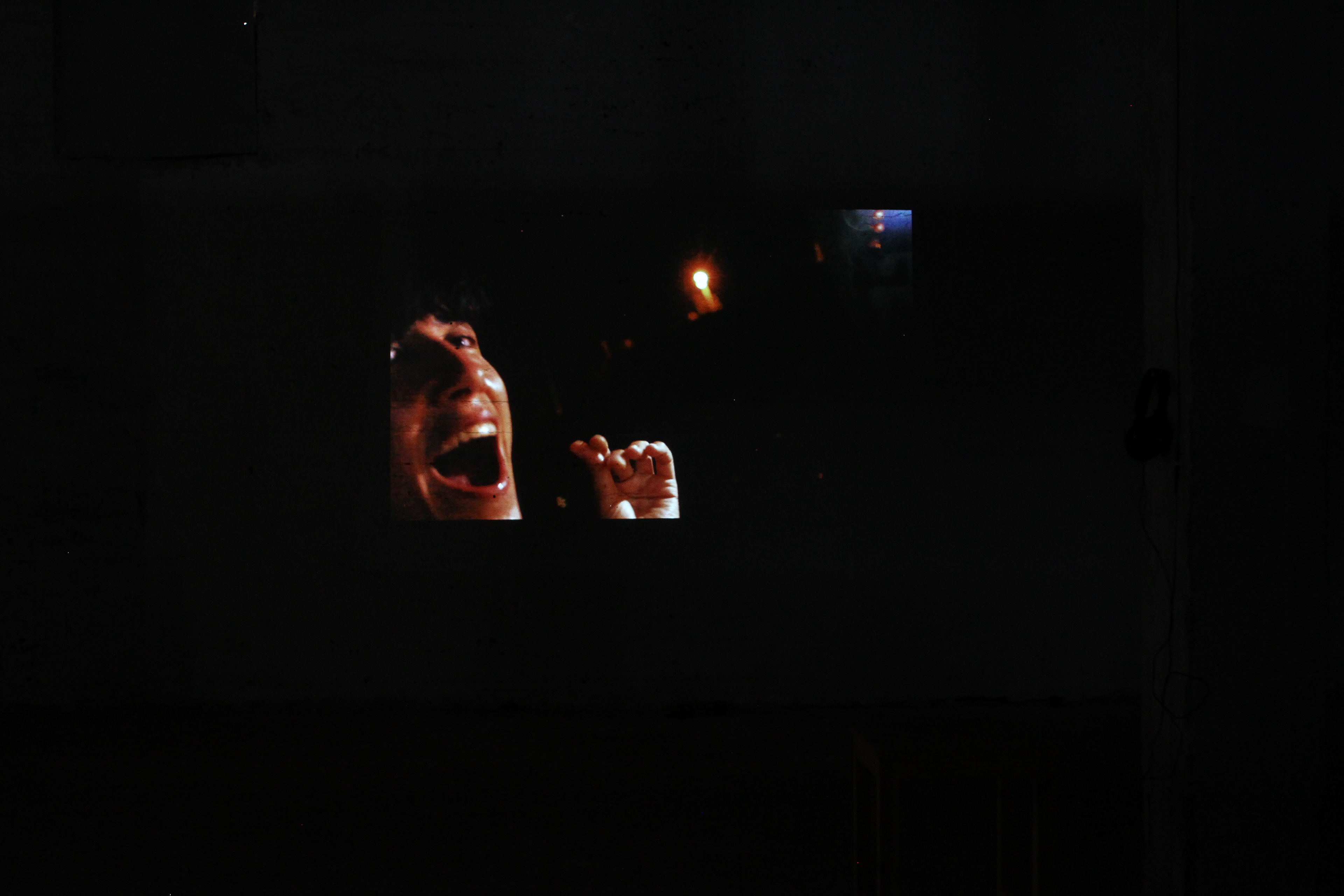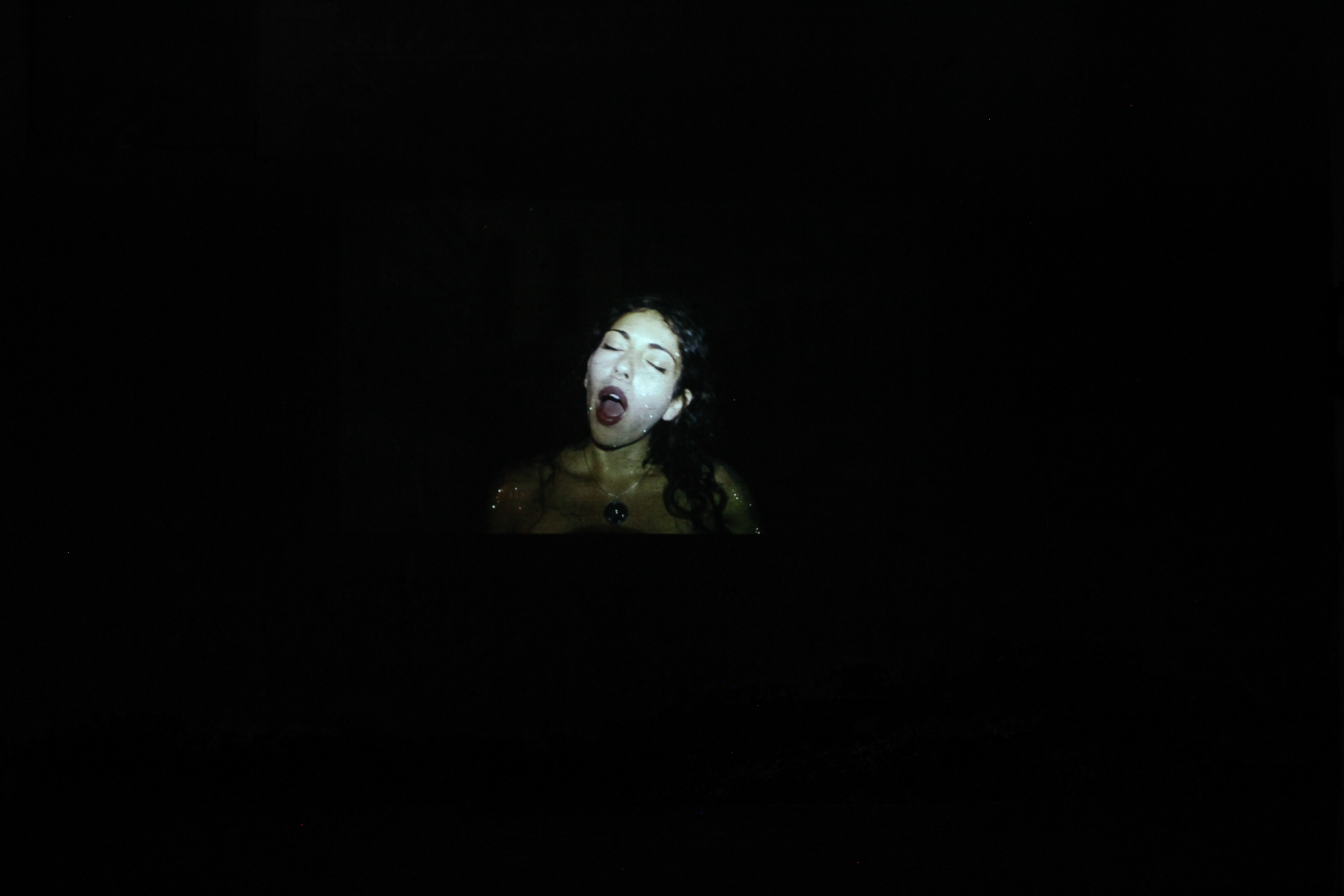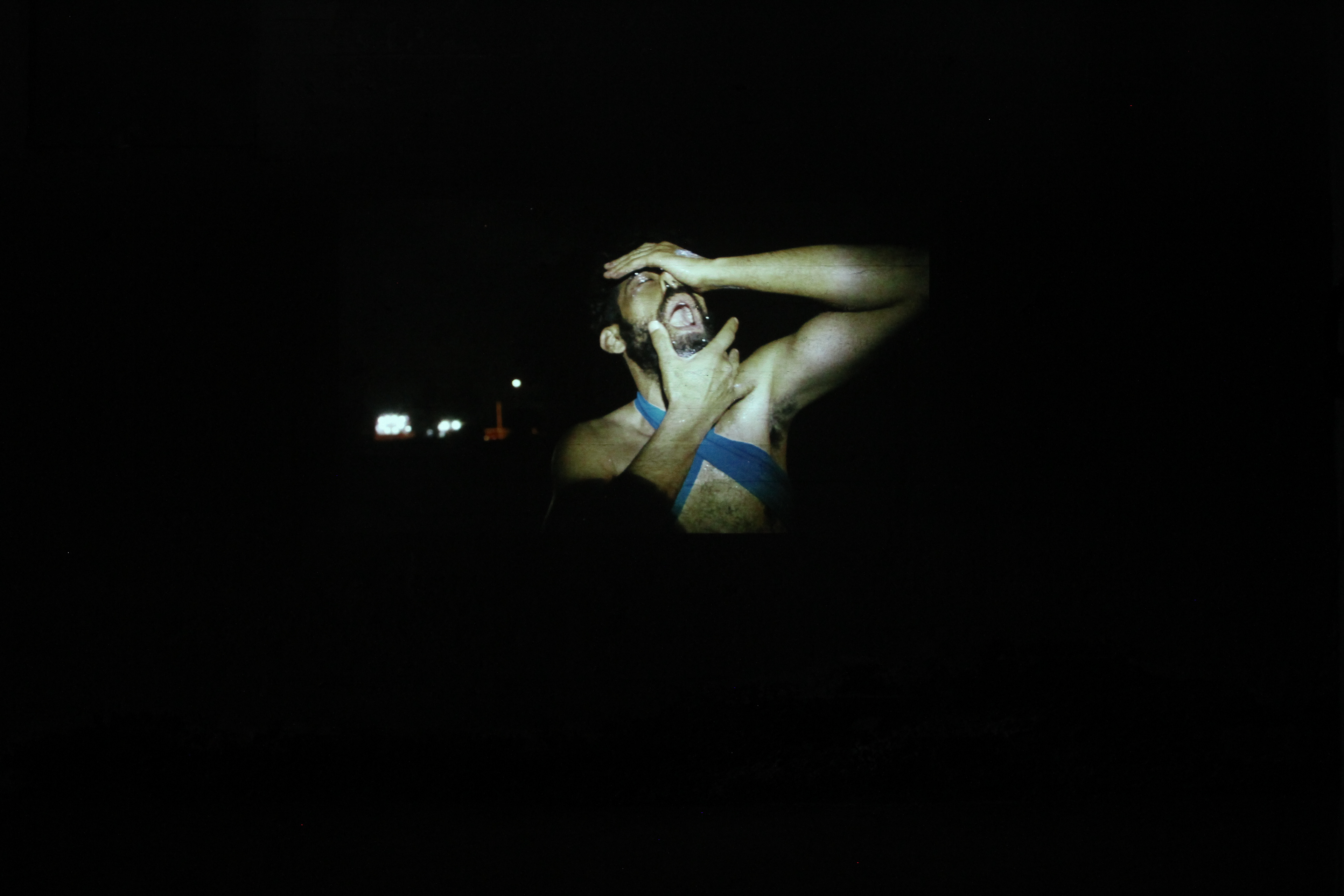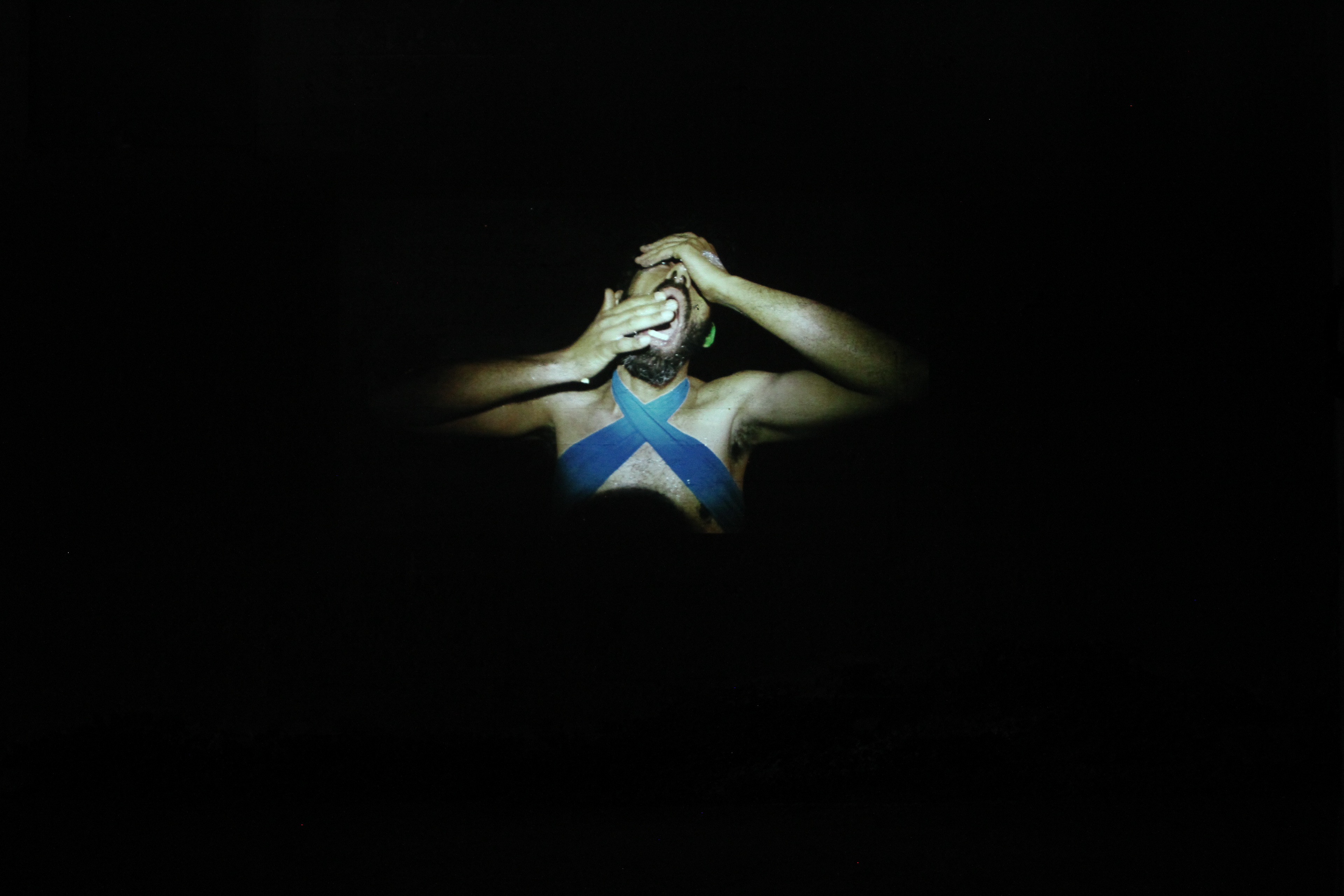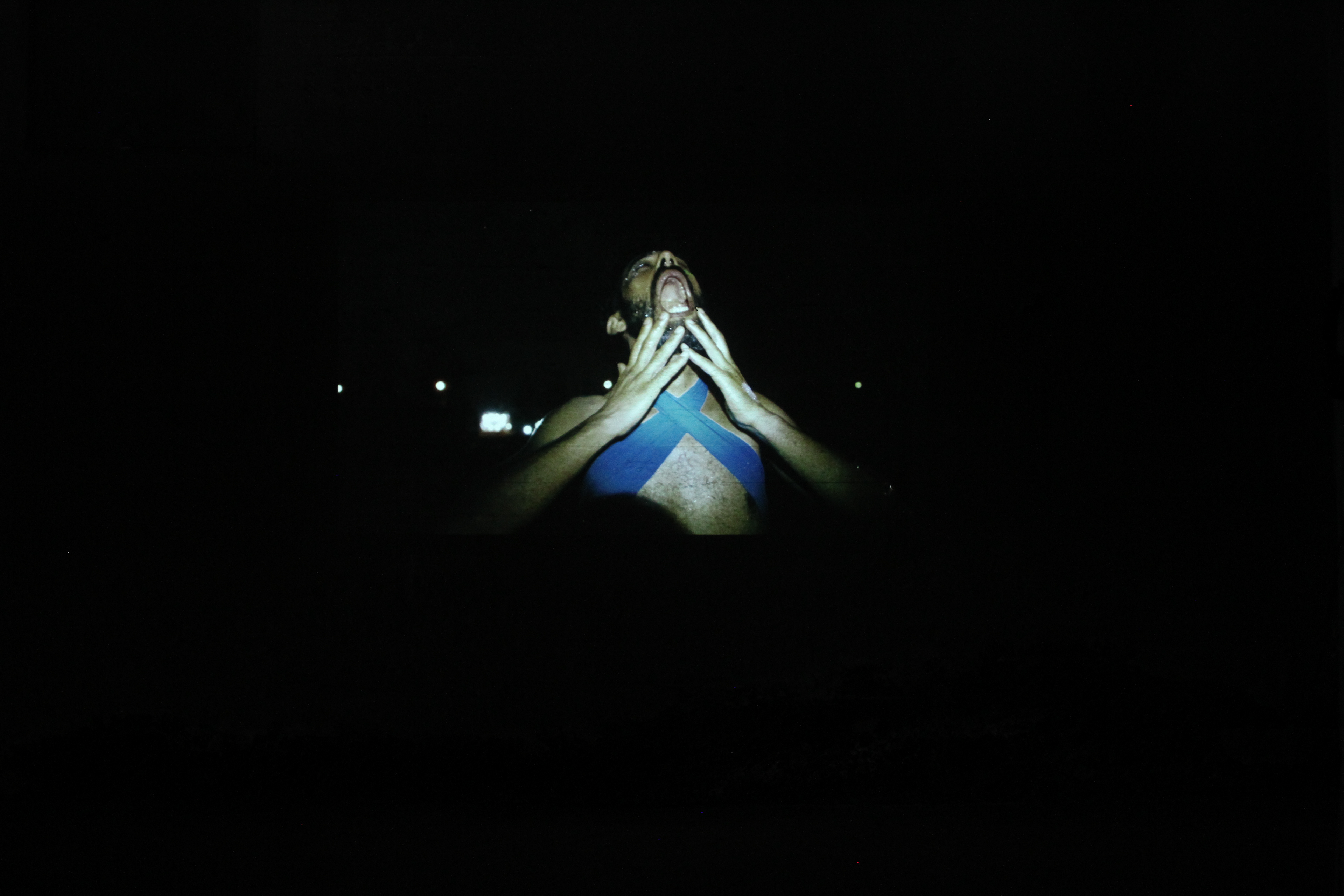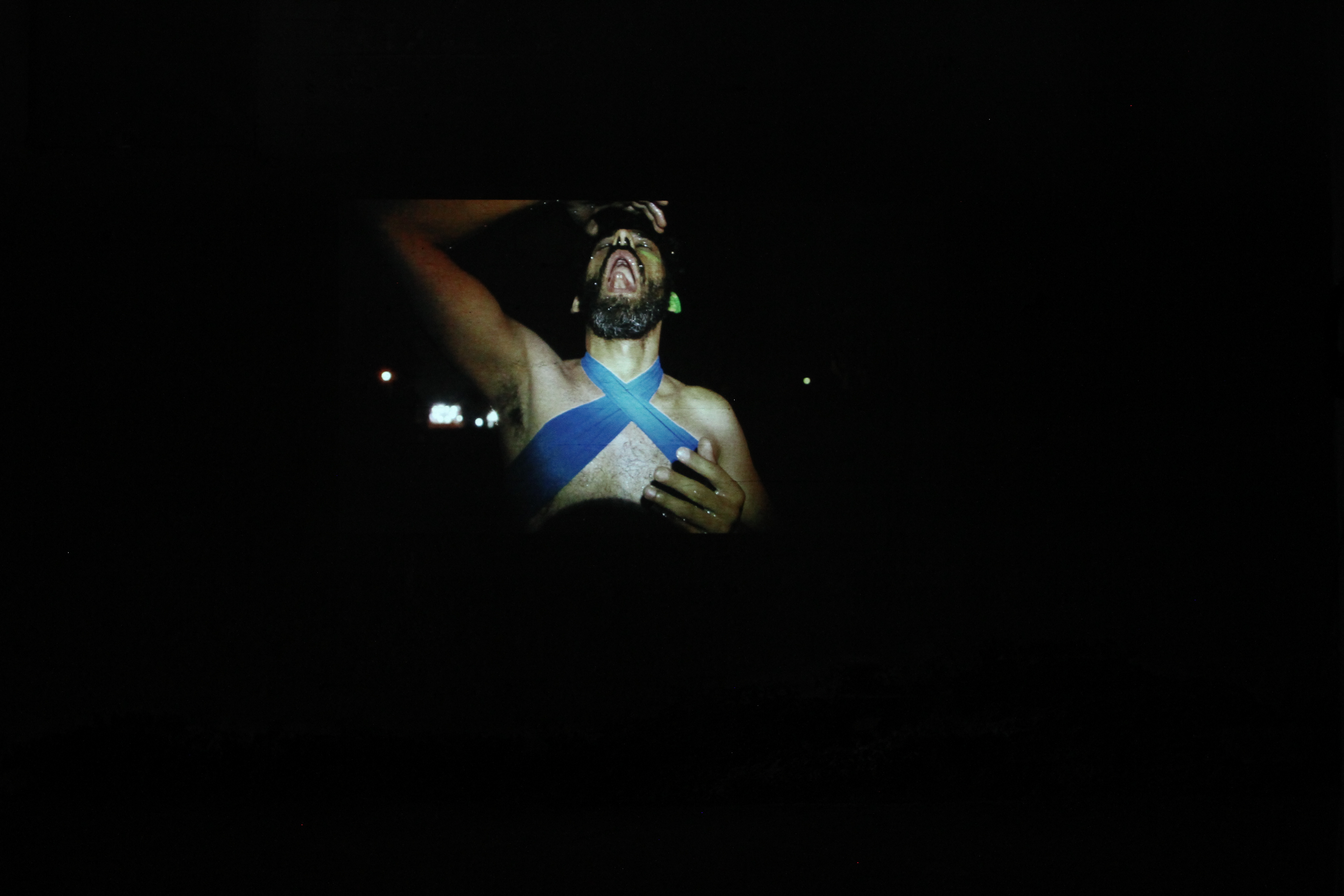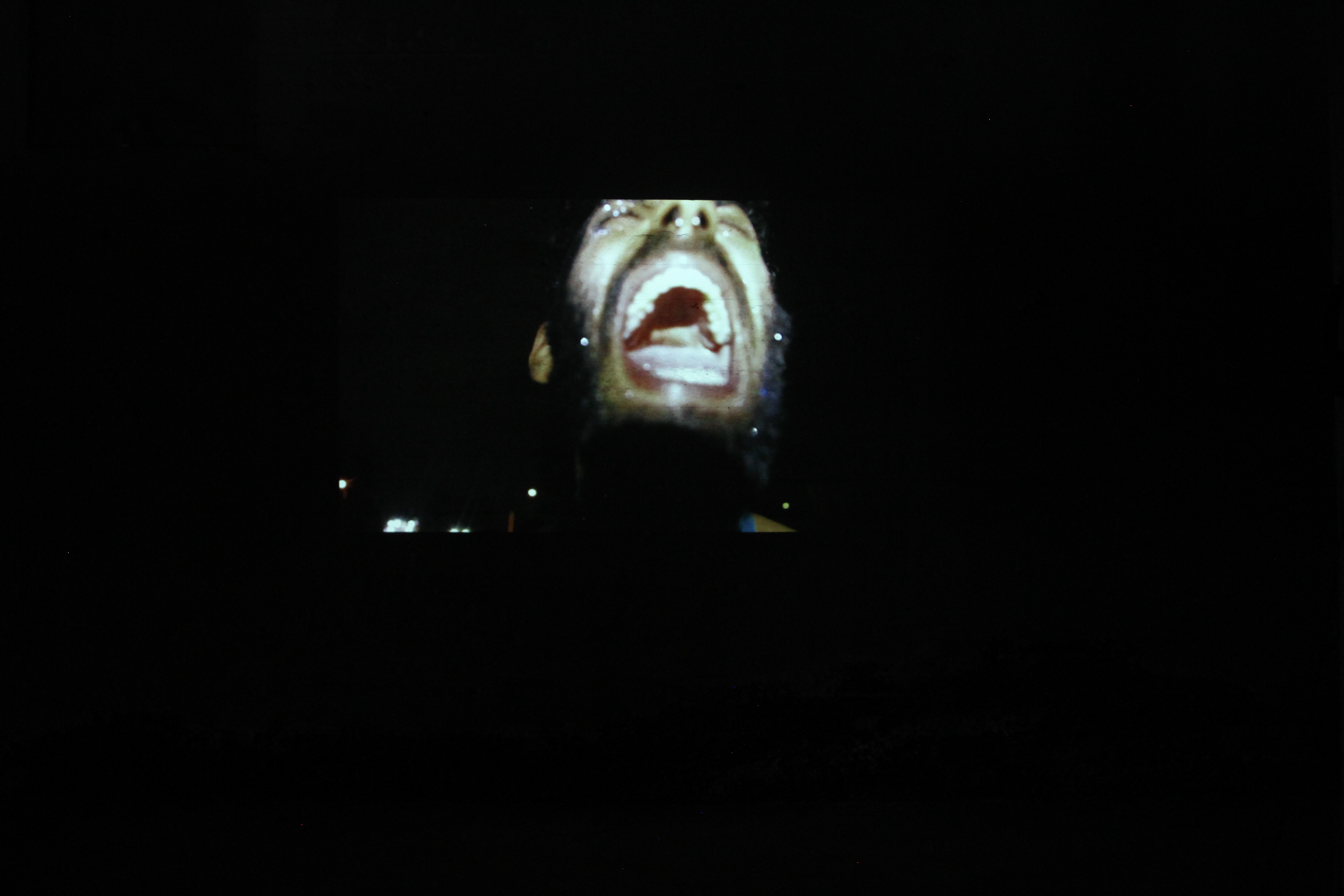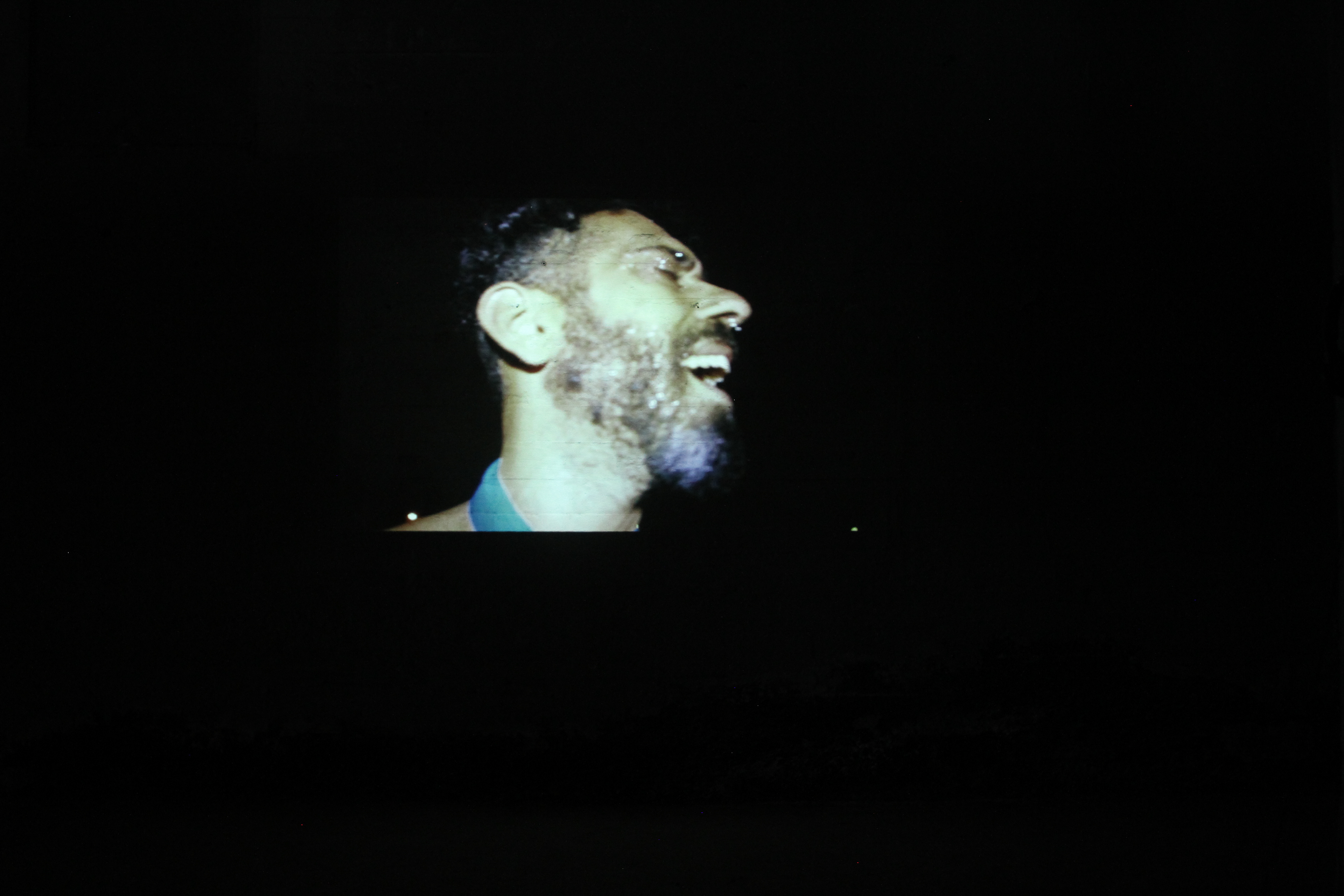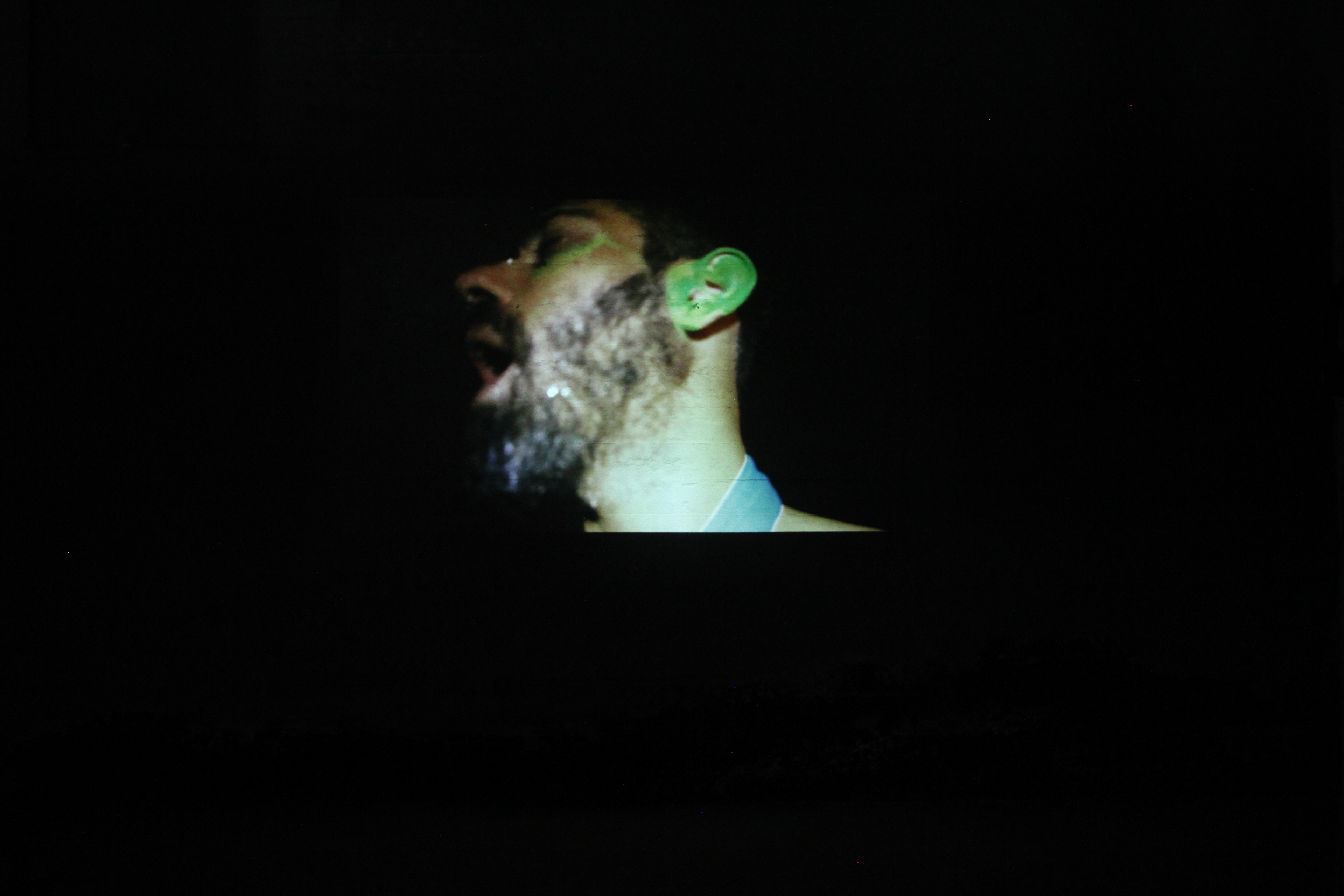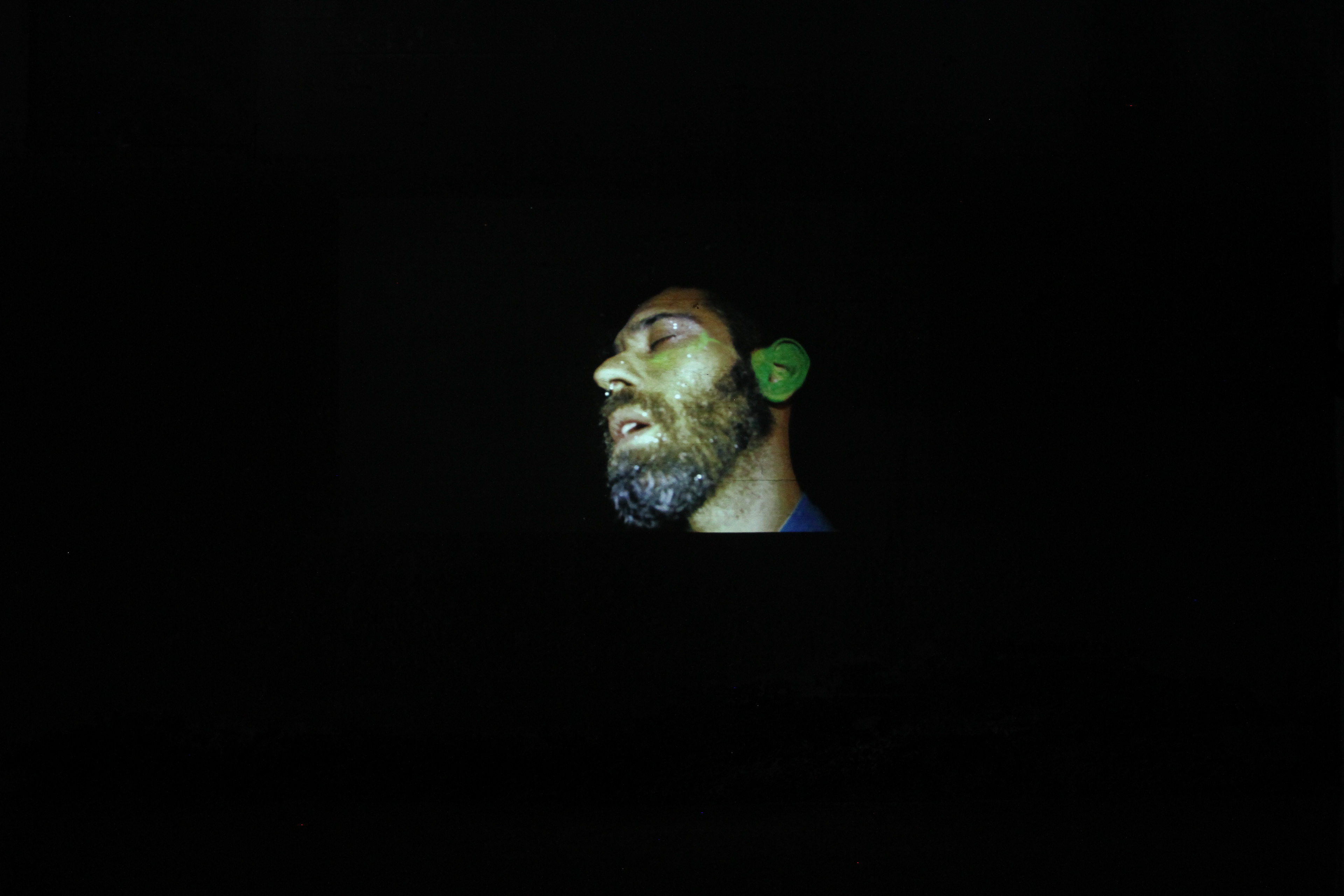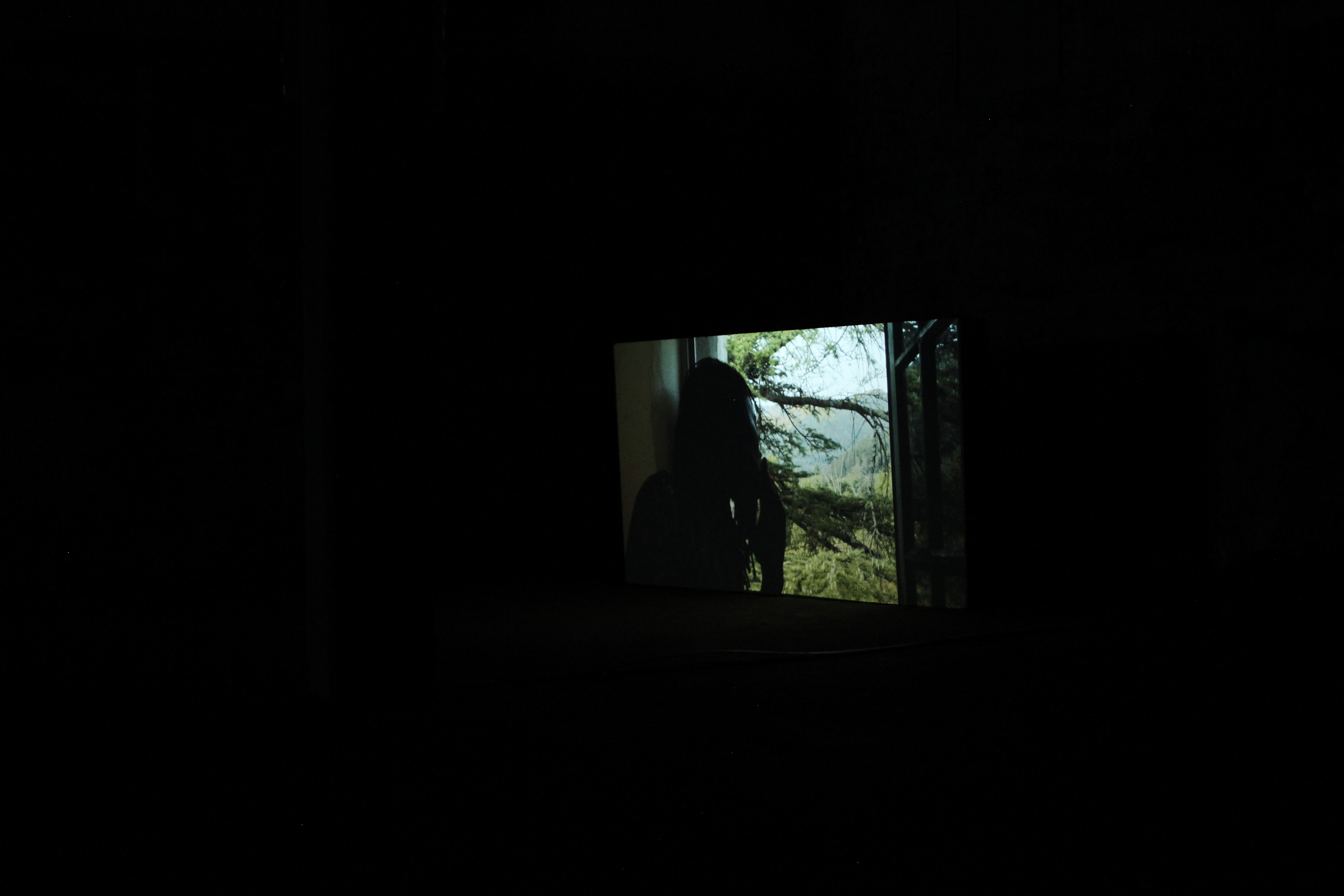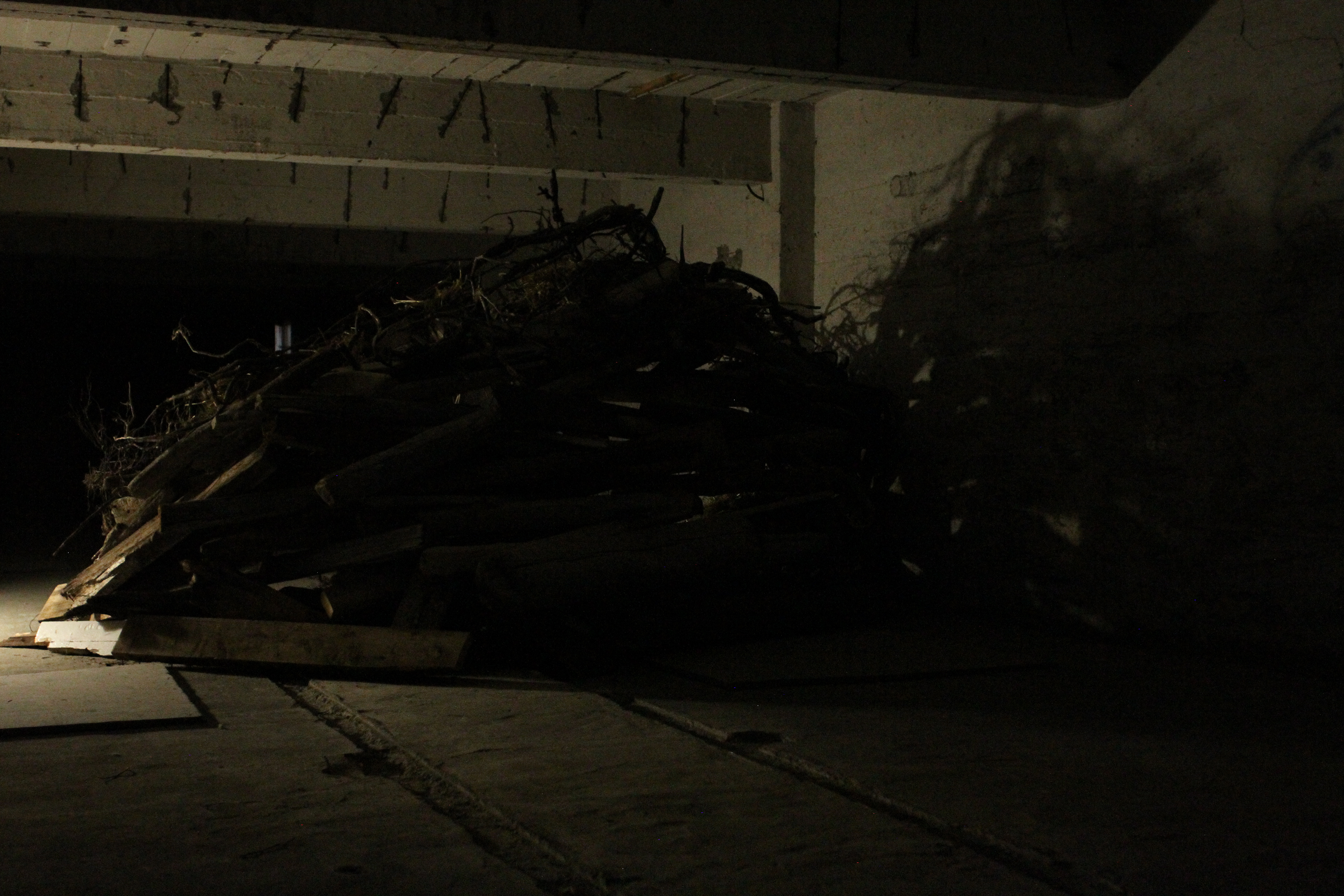31.07 / 31.08 2022 > ÚR FJÖRU Í DRULLUPOLL
The exhibition “From the shore to the Mudpool” investigates the act of cruising as a practice, addressed to all genders and identities.The show is inspired by how artists and gays cruised and made art in the abandoned Waterfront Piers in New-York City in the 80s. Cruising was and is still mainly a gay male practice, in this show we use it as a departure point, a tool for reclaiming space and dreaming of other ways of being in the world. In dialogue with the artworks and the space, we invite the visitor to cruise and wander different paths of desires and worlds of queer ecology.
Listamenn/Artists
Endre Aalrust
Gaëlle Boucand
Elsa Brès
Adam Fearon
Lexi Fleurs & Lili MartO
Claudia Gangemi
Élie Godard
Hooops Garden
Hortensia Mikafchin
RB Erin Moran
Michaela Lakova
Katja Lee Eliad
Natasja Loutchko
Kristin Ómarsdóttir
Marta Orlando
Federica Partinico
Clémentine Roy
Vassiliea Stylianidou aka Franck-Lee Alli Tis
Voin de voin
Zheng Bo
Curator: SPIT COLLECTIVE (Natasja Loutchko, Marta Orlando, Clémentine Roy)
LIVE SESSION 06-08 -22 LISTEN here
Hooops Garden on RADIO CASHMERE*
a community experimental radio station based in Wedding, Berlin. Broadcasting underground music, talk shows and live performative arts.
From the shore to the mudpool
Exhibition curated by SPIT Collective (Natasja Loutchko, Marta Orlando, Clémentine Roy)
Let´s start with the act of walking, let´s take as metaphor the desire path, which is often referred to the realm of transportation planning, and also known as a game trail, social trail, fishermen trail, herd path, cow path, elephant path, goat track, pig trail, use trail, and bootleg trail and is a path created as a consequence of erosion caused by human and non human traffic. The path usually represents the shortest or most easily navigated route between an origin and destination. Desire paths emerge as shortcuts where constructed paths take a circuitous route, have gaps, or are non-existent. Images of desire paths have been employed as a metaphor for anarchism, intuitive design, individual creativity, and the wisdom of the crowds. Let´s walk around without going anywhere, in a constant state of flow, learning from the landscape, making sounds and echoing the nature.
And once we start to trace these lines, intuitively or pragmatically let´s look back at few decades ago, when during the 70´s in New York, artists and queer were walking the lines of the Waterfront Piers, exploring the boundaries of experimentations and desire, suspended between water and concrete, living a breathing zone; these outsiders of the society were all going to the Piers to break away from the normativity and seeking for deviation. Walking on the edge of the city, where things have broken down, the ruins of capitalism represented by these abandoned warehouses are just a memory today, sublimated into a naked phantom. We wanted to talk about this memory, this ghost, creating a link between two different places, a displacement of intentions which gather together artists and writers and their practices linked with Queer culture and Cruising, as aesthetic method and act of reclaiming spaces and territories through wandering. Here the function of Cruising, well known in the Queer community will turn into a conceptual action, setting a relation between the factory in Hjalteyri and the Waterfront Piers in NYC. The artists will display through different mediums and different approaches pieces, performance, readings, writings or walking in order to dialogue with the space. The factory (and the corpus of works) will be at the same time main actor and spectator of the show and the relation between the inside and outside of the building will flip conceptually as a Möbius strip. We investigate the space with several perspectives, as artists, curators, wanderer, set in motion a shift of roles which offers a heterogeneous point of view, and a visionary reactivation of the Ghost . The objects of our gaze become the subjects that look back at the Piers, and look ahead at Verksmiðjan.
Starting from this Heterotopia, we will deal with the phantom of a place that doesn't ́t exist anymore, yet its traces and ruins can be displayed elsewhere in order to reactivate its Genius Loci, and the urge to claim functional and ephemeral spaces dealing with topics from Queer Ecology, drawing lines between the wilderness and domestication of the outside, and building up a Lesbian Cosmology related with Cruising which never been a lesbian practice, or in general as female identity practice. Moreover, the ultimate intentions is to put in relation outcasts of the normalised society, in order to launch a round table of discussion and research, formulate questions without expecting strict answers, or answer blurry questions around perception of the public space, wherever and whenever was negated to queer or women, through paradoxes, desires, visions alongside the reference of the Waterfront Piers as archetype of human and artistic expression.
Kristin Ómarsdóttir
Úr fjöru í drullupoll
Sýningarstjórn SPIT Collective (Natasja Loutchko, Marta Orlando, Clémentine Roy)
Við skulum byrja á að skoða athöfnina að ganga út frá metafórunni löngunarslóð e: desire path; hugtak sem er yfirleitt notað innan umferðarskipulags en á líka við um sjálfsprottna göngustíga, veiðimannastíga, slóða hjarðardýra, kúastíga, fílaslóð, geitaslóð, fjárstíga, ómerktar gönguleiðir og slóð veiðidýrsins, sú sem veiðimenn fylgja þegar þeir leita uppi bráðina, slóðar sem myndast þar sem dýr og menn eru sífellt að troða jarðveginn niður frá einum stað til annars. Slóðin gefur yfirleitt til kynna auðveldustu eða stystu leiðina á milli staða. Löngunarslóðar myndast einnig þar sem fólk hefur tekið upp á að stytta sér leið vegna þess að skipulögðu vegirnir eru krókaleiðir, ófærir eða einfaldlega ekki til staðar. Löngunarslóðar hafa gjarnan verið táknmynd fyrir anarkisma, innsæis-hönnun, sköpun einstaklingsins og visku fjöldans. Við skulum ganga í stöðugu flæði án þess að hafa tiltekinn áfangastað í huga, læra af landslaginu, mynda hljóð og bergmála náttúruna.
Fyrst við erum byrjuð að fylgja þessum stígum, hvort sem það er á innsæinu eða kerfisbundið, þá skulum við fara nokkra áratugi aftur í tíma, til New York á áttunda áratugnum. Þá var algengt að lista- og hinsegin fólk gengi meðfram The Waterfront Piers til þess að kanna mörkin milli reynslu og löngunar. Þarna mitt á milli hafsins og steypunnar fundu þessir útlagar samfélagsins andrými til þess að brjótast undan norminu og villast viljandi af “réttu brautinni”. Að ganga á jöðrum borgarinnar, í niðurníðslunni þar sem rústir kapítalismans birtust áður í yfirgefnum vöruskemmum en eru aðeins minningar í dag, göfgaðar sem nakin vofa. Okkur langaði að vinna með þetta minni, þennan draug og búa til tengingu milli tveggja ólíkra staða og stefna saman listamönnum og rithöfundum sem vinna með hinsegin menningu og Rúntinn e: cruising sem fagurfræðilega aðferð og leið til þess að endurheimta rými og svæði með því að ferðast fótgangandi um þau. Rúnturinn sem er þekkt fyrirbæri í menningu hinsegin fólks gegnir hér því hlutverki að vera hugmyndaleg athöfn sem tengir saman Verksmiðjuna á Hjalteyri og The Waterfront Piers í New York. Listamennirnir nálgast viðfangefnið á fjölbreyttan hátt og vinna með ólíka miðla í samtali sínu við rýmið. Verksmiðjan (og listaverkin) eru í senn aðalleikari og áhorfandi að sýningunni. Sambandið milli ytra og innra rými byggingarinnar kollvarpast eins og möbíus-renningur. Við könnum rýmið út frá ólíkum sjónarhornum, sem listamenn, sýningarstjórar, sem ferðalangar, víxlum hlutverkum, til þess að bjóða upp á fjölbreytt sjónarmið og endurvekja Drauginn. Viðfangið sem beint er sjónum að verður að virkum geranda sem horfir samtímis aftur til The Waterfront Piers og fram til Verksmiðjunnar.
Með því að nota þessa Heterótópíu sem útgangspunkt getum við tekist á við vofu staðar sem ekki er lengur til, en þar sem enn eru til leifar og rústir frá staðnum getum við endurvakið Genius Loci (verndarandi staða) og þannig gert tilkall til svæða sem tengjast hinsegin vistfræði, skilið á milli óbyggðarinnar og þess tamda í náttúrunni og byggt upp lesbíska heimsmynd sem tengist Rúntinum sem þó var aldrei lesbísk venja eða iðja tengd sjálfsmynd kvenna. Markmið sýningarinnar er einnig að tengja saman útlaga hins staðlaða samfélags og búa til hringborð umræðna og rannsókna. Við viljum spyrja spurninga sem krefjast ekki endilega skýrra svara og reyna að svara þokukenndum spurningum um eðli félagslegra rýma, sem haldið var frá hinsegin fólki og konum, með því að skoða þversagnir, langanir og hugsjónir og horfa á The Waterfront Piers sem erkitýpu mannlegrar og listrænnar tjáningar.
þýðing: Kari Ósk Grétudóttir
